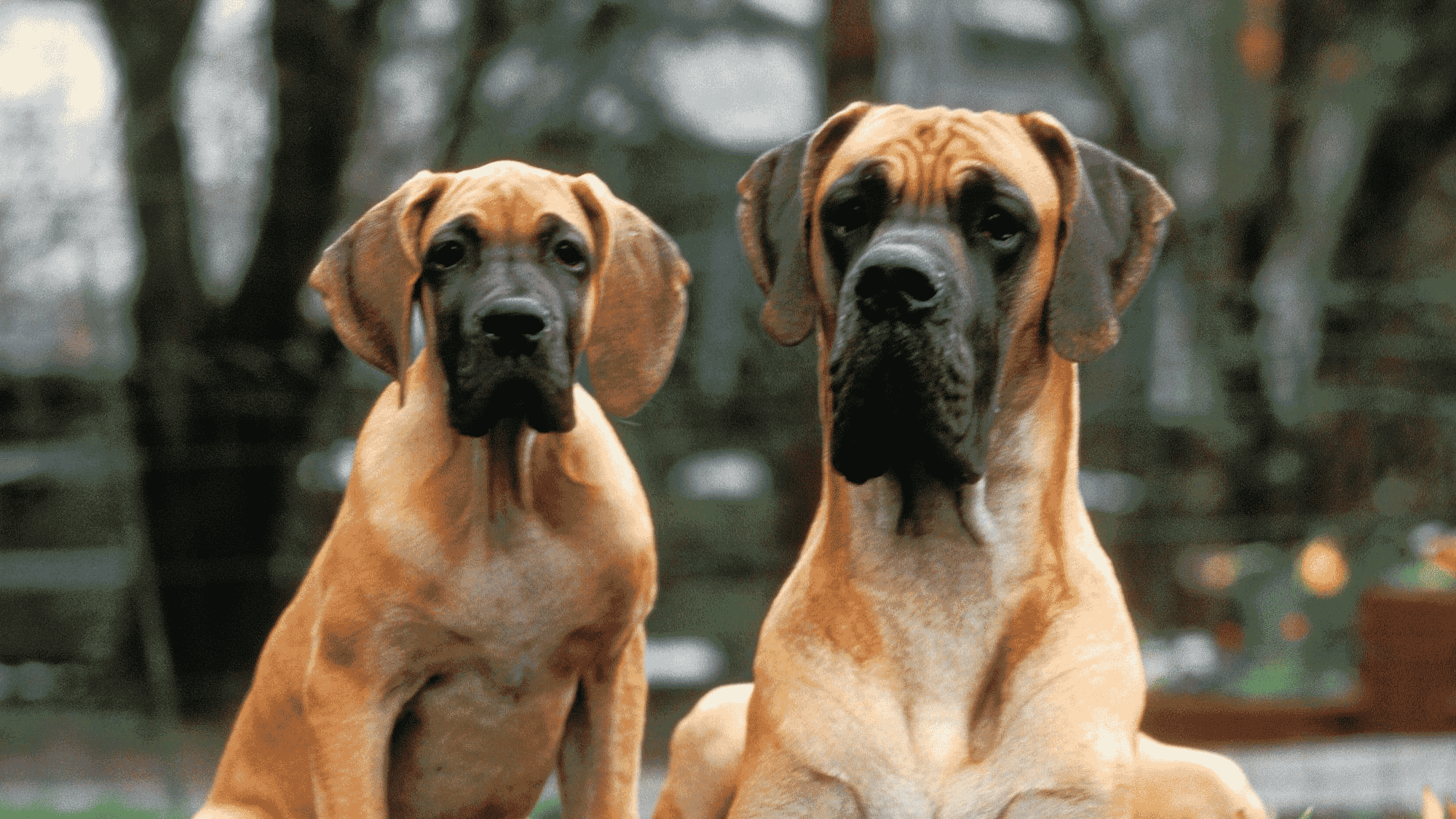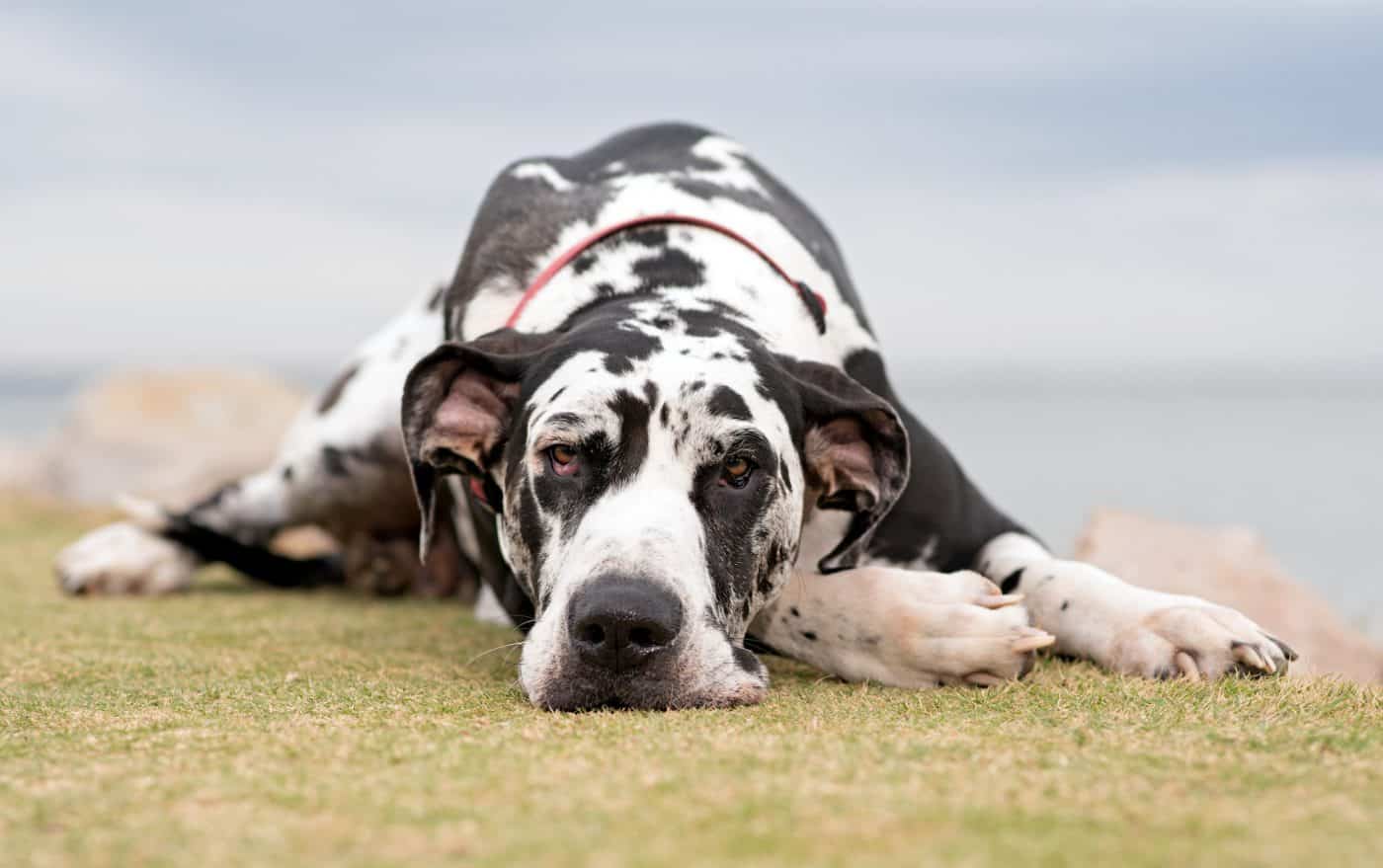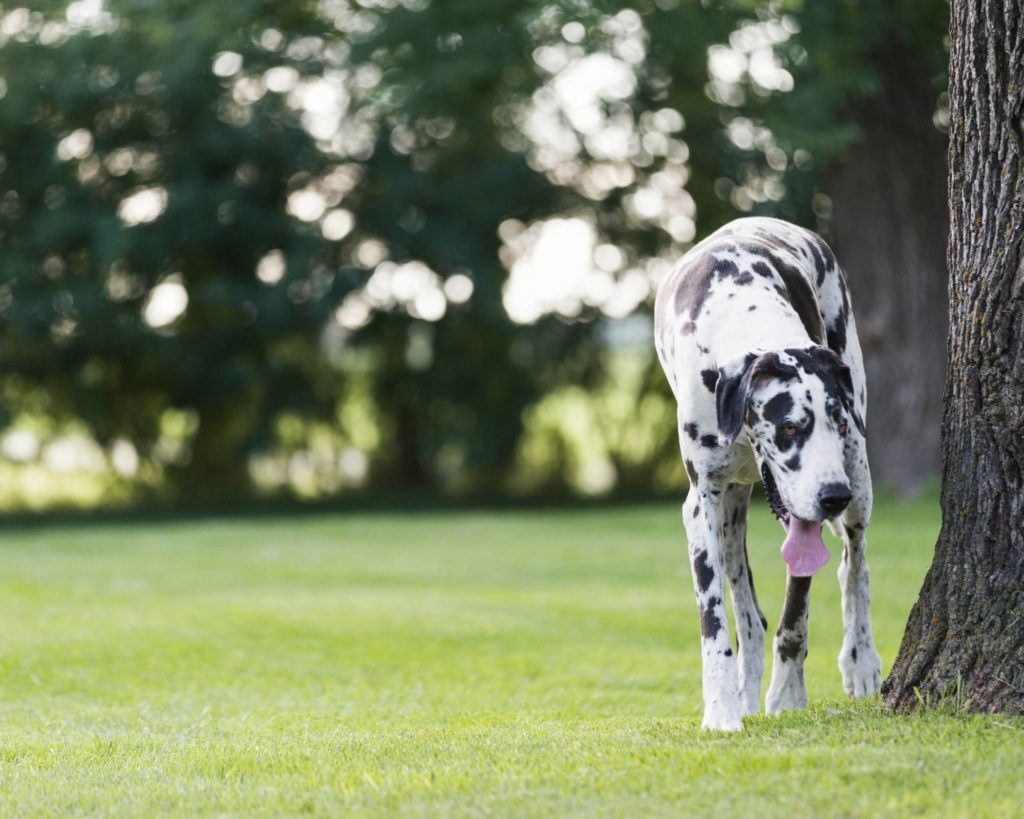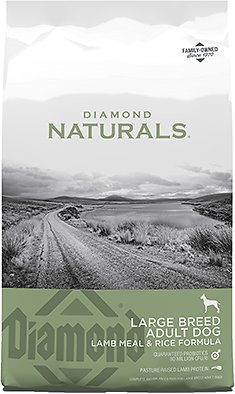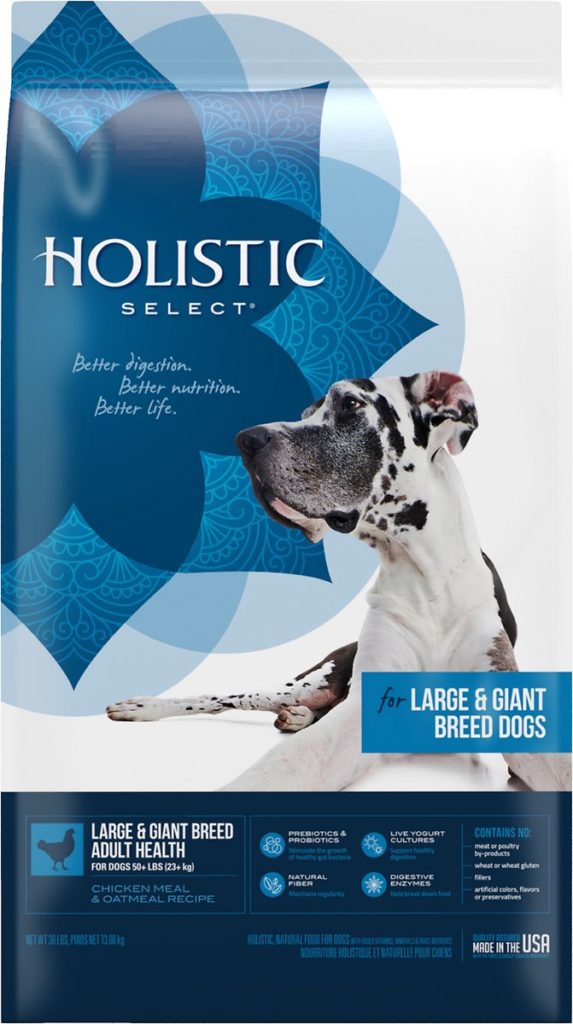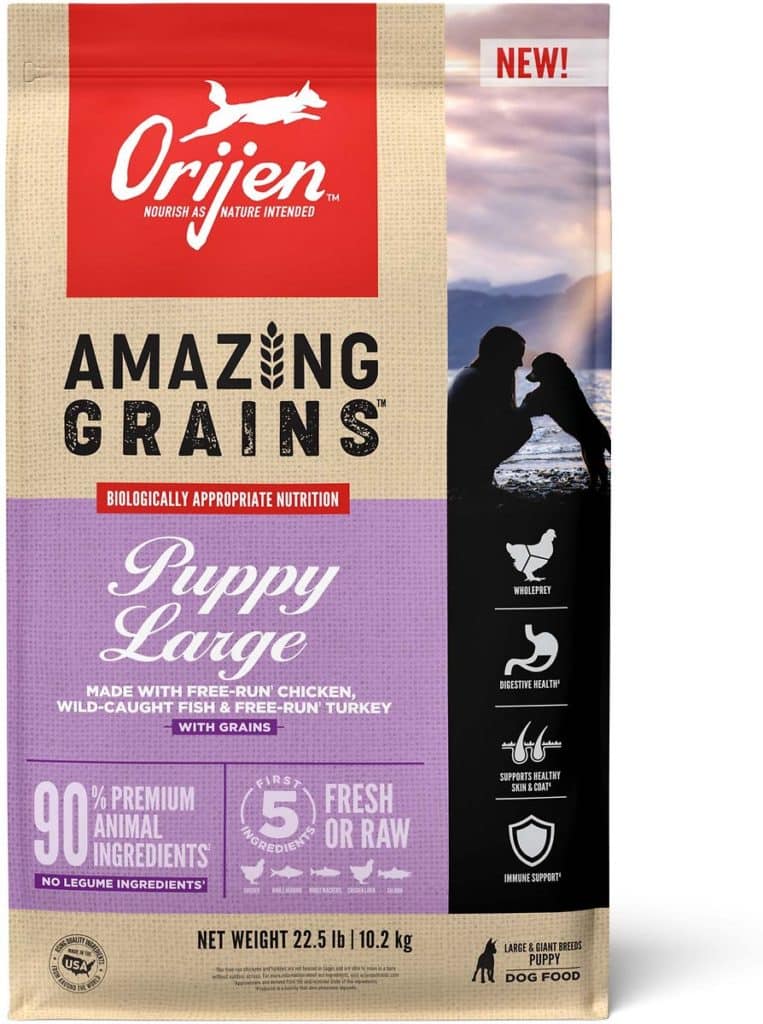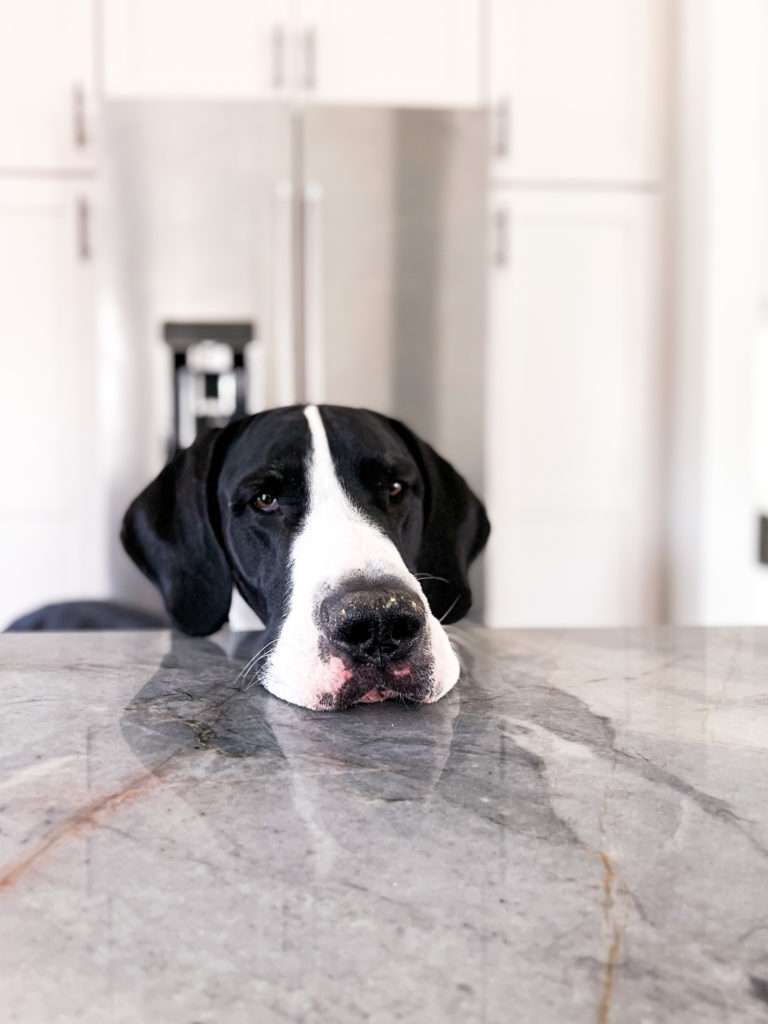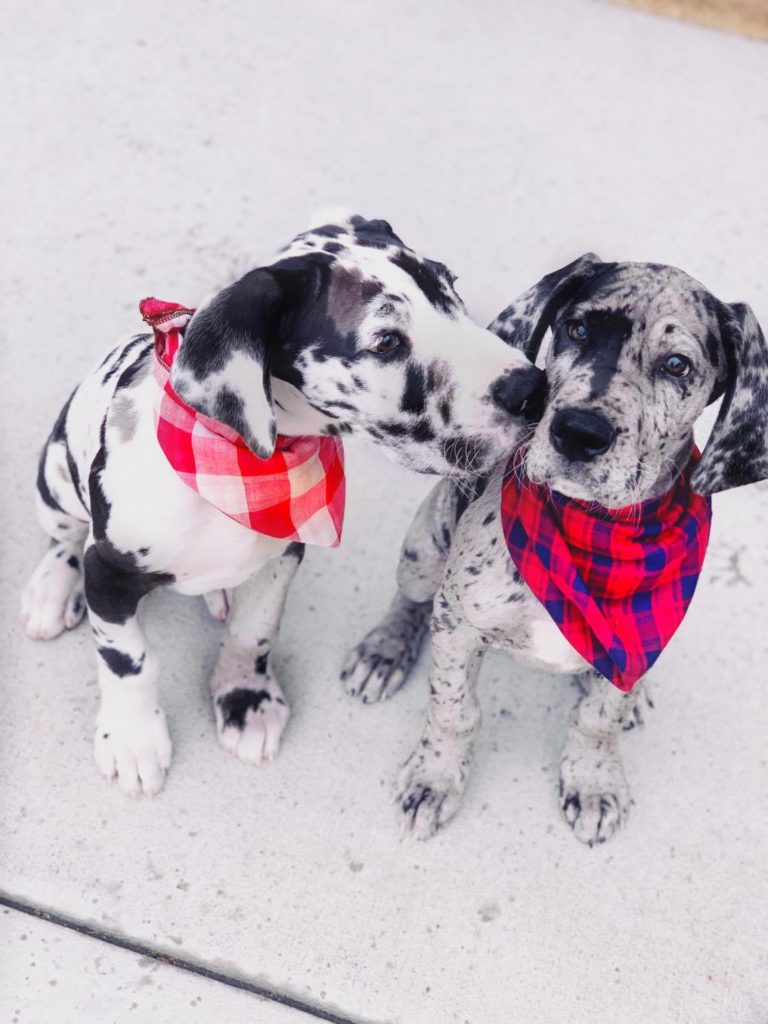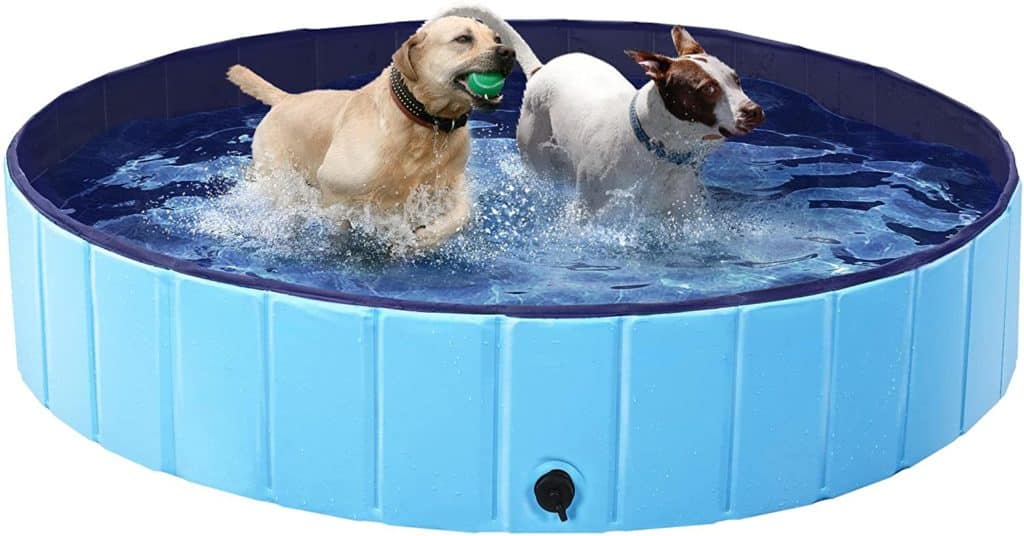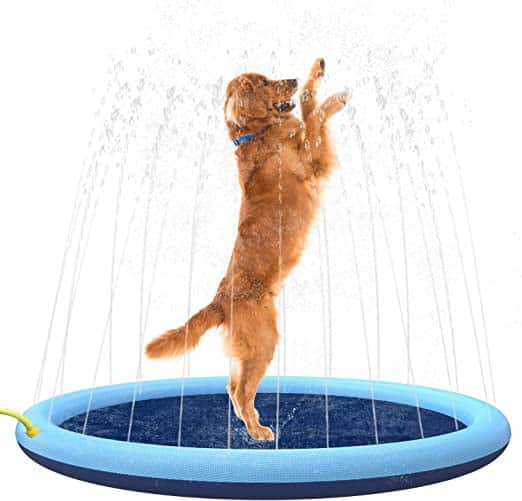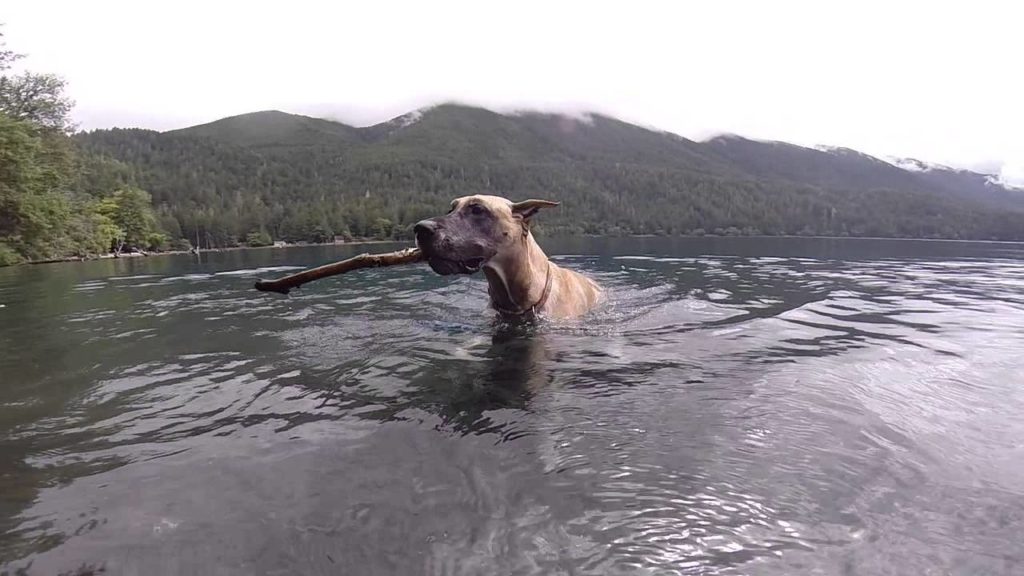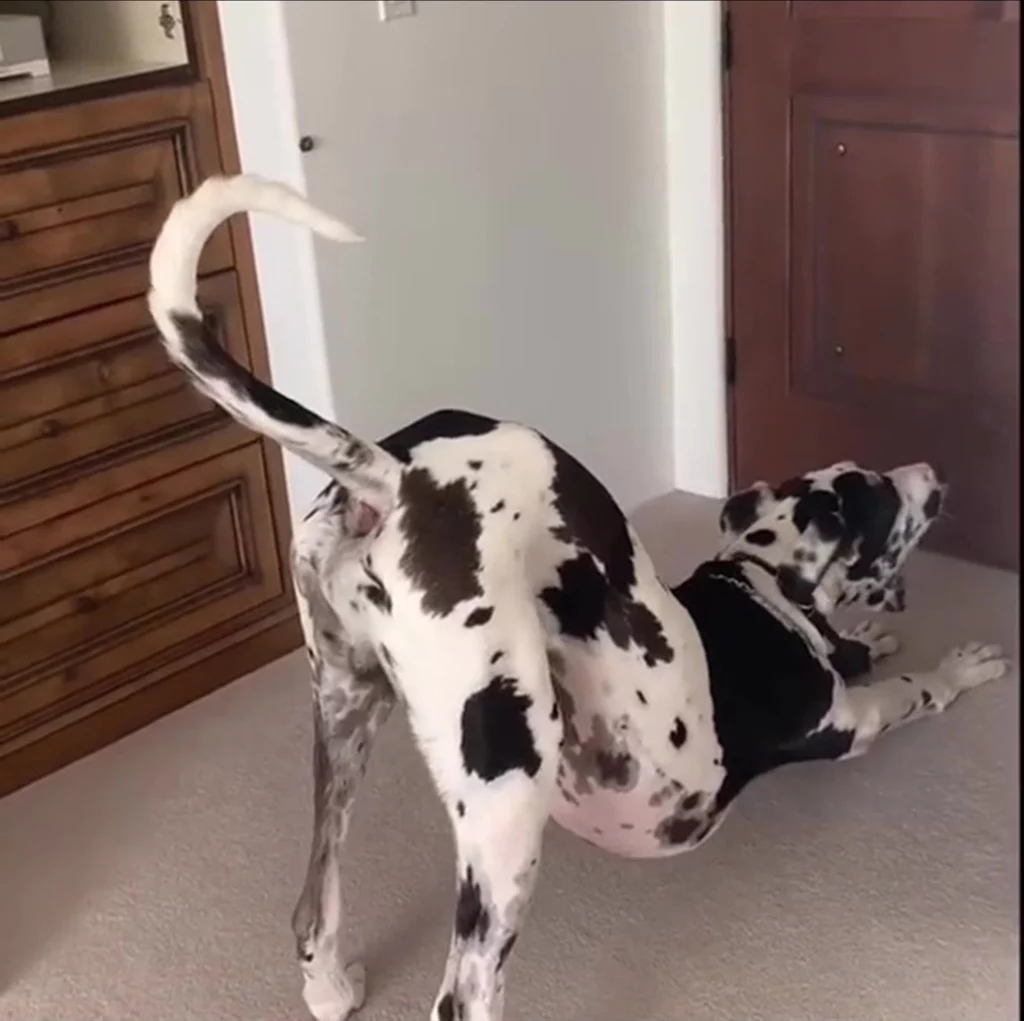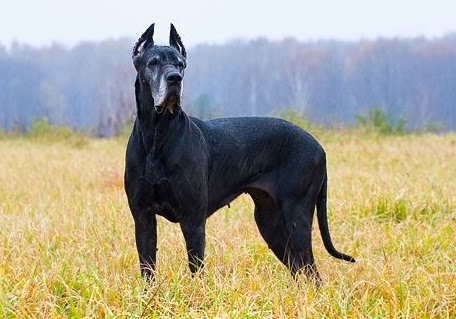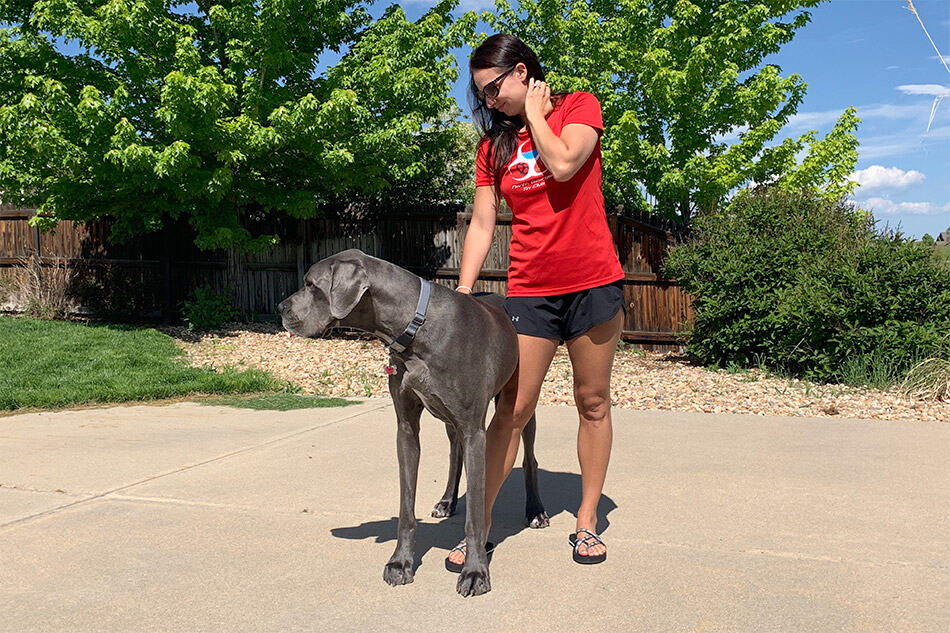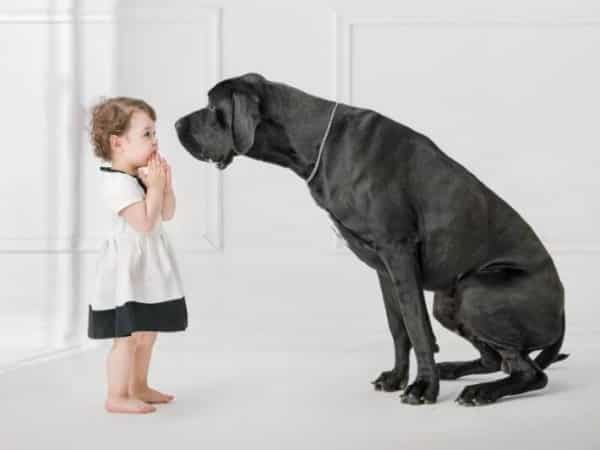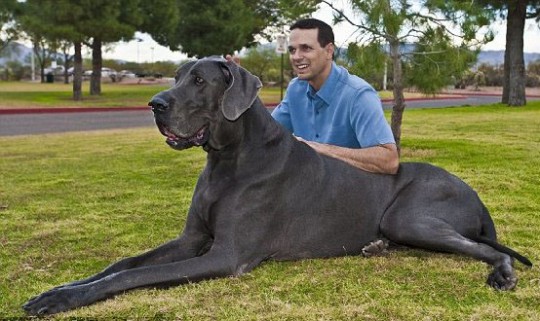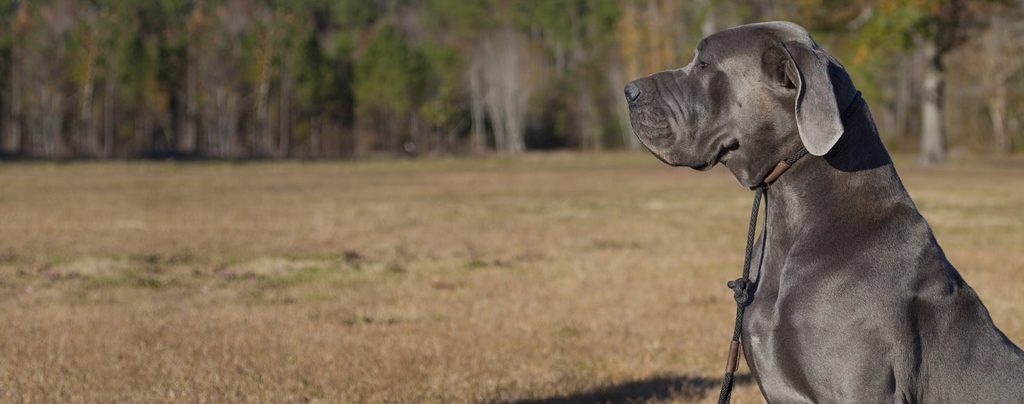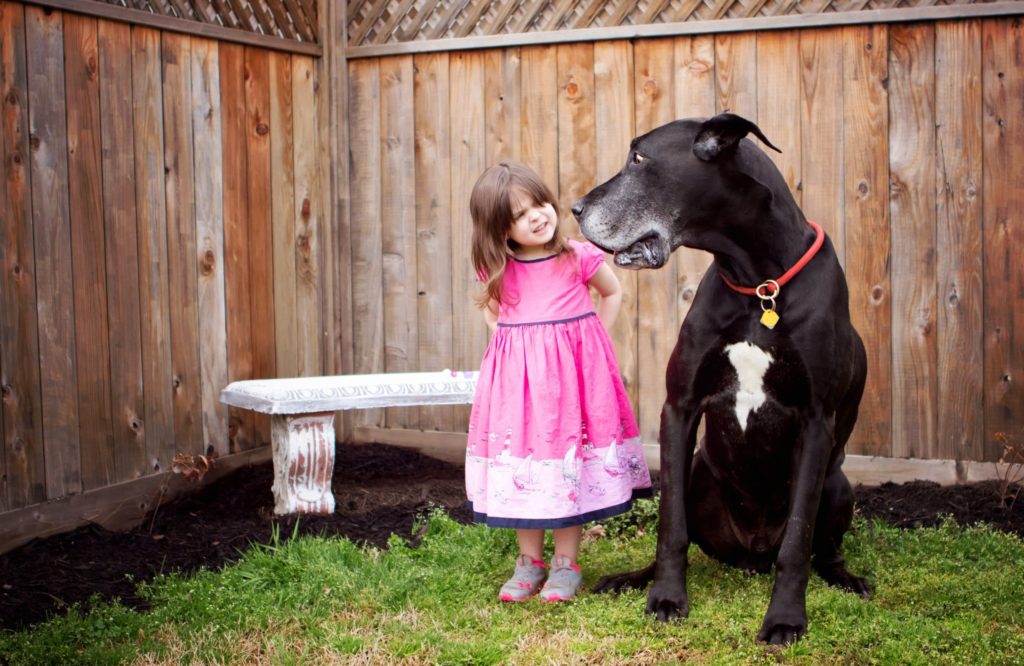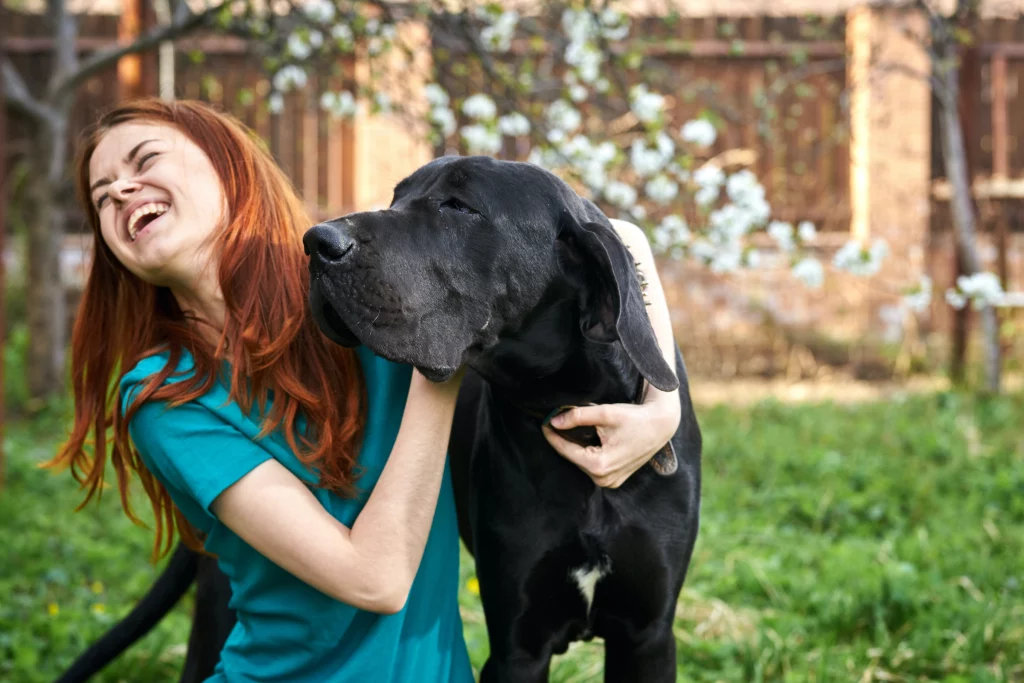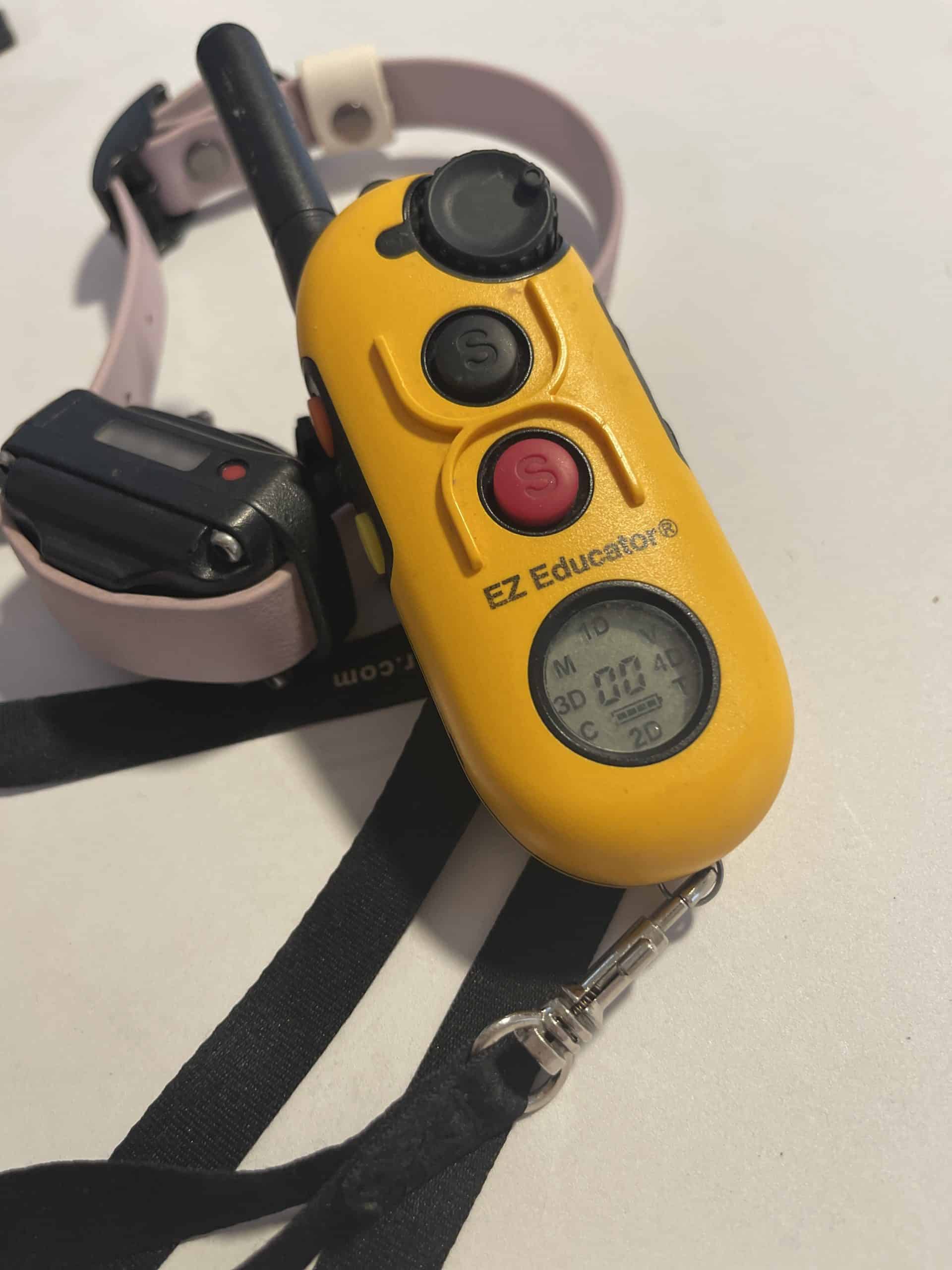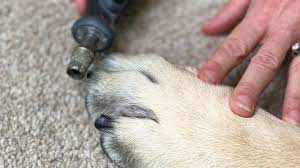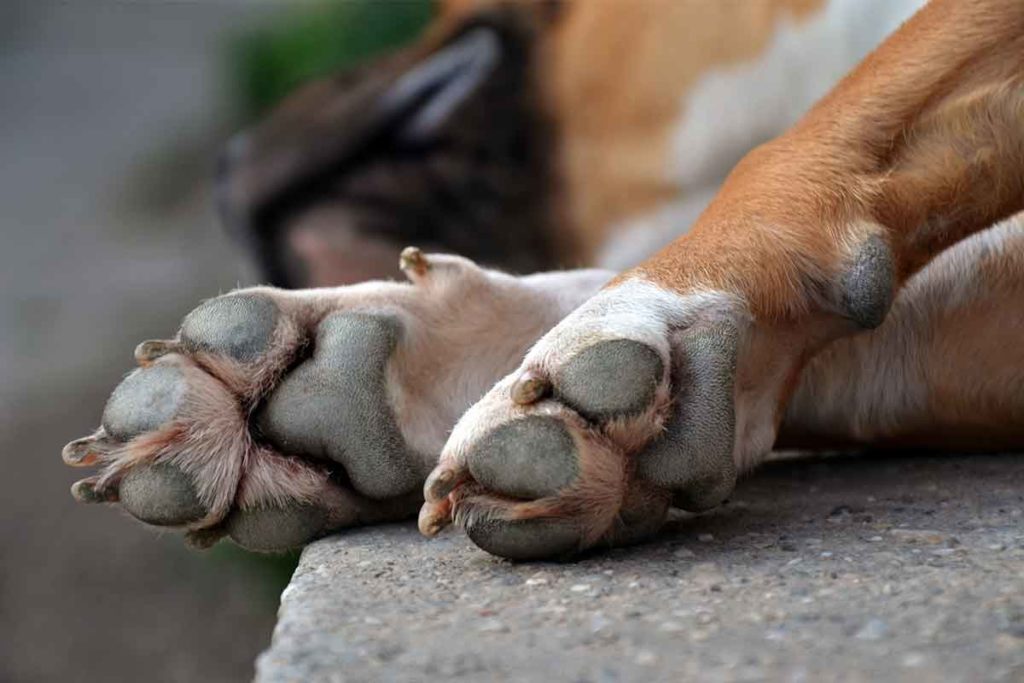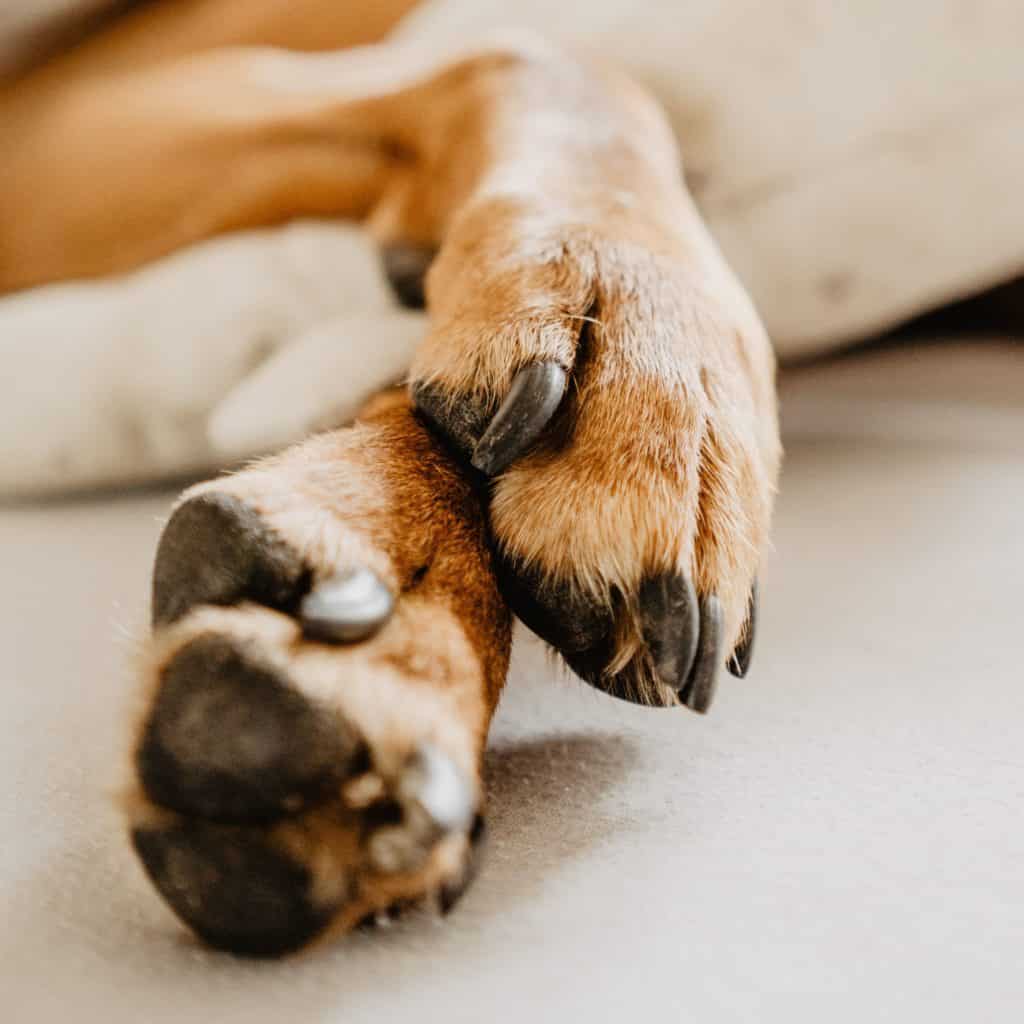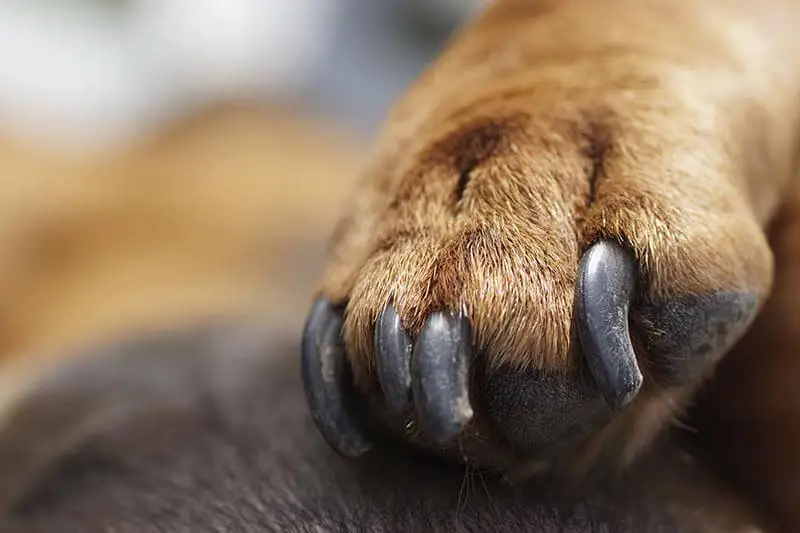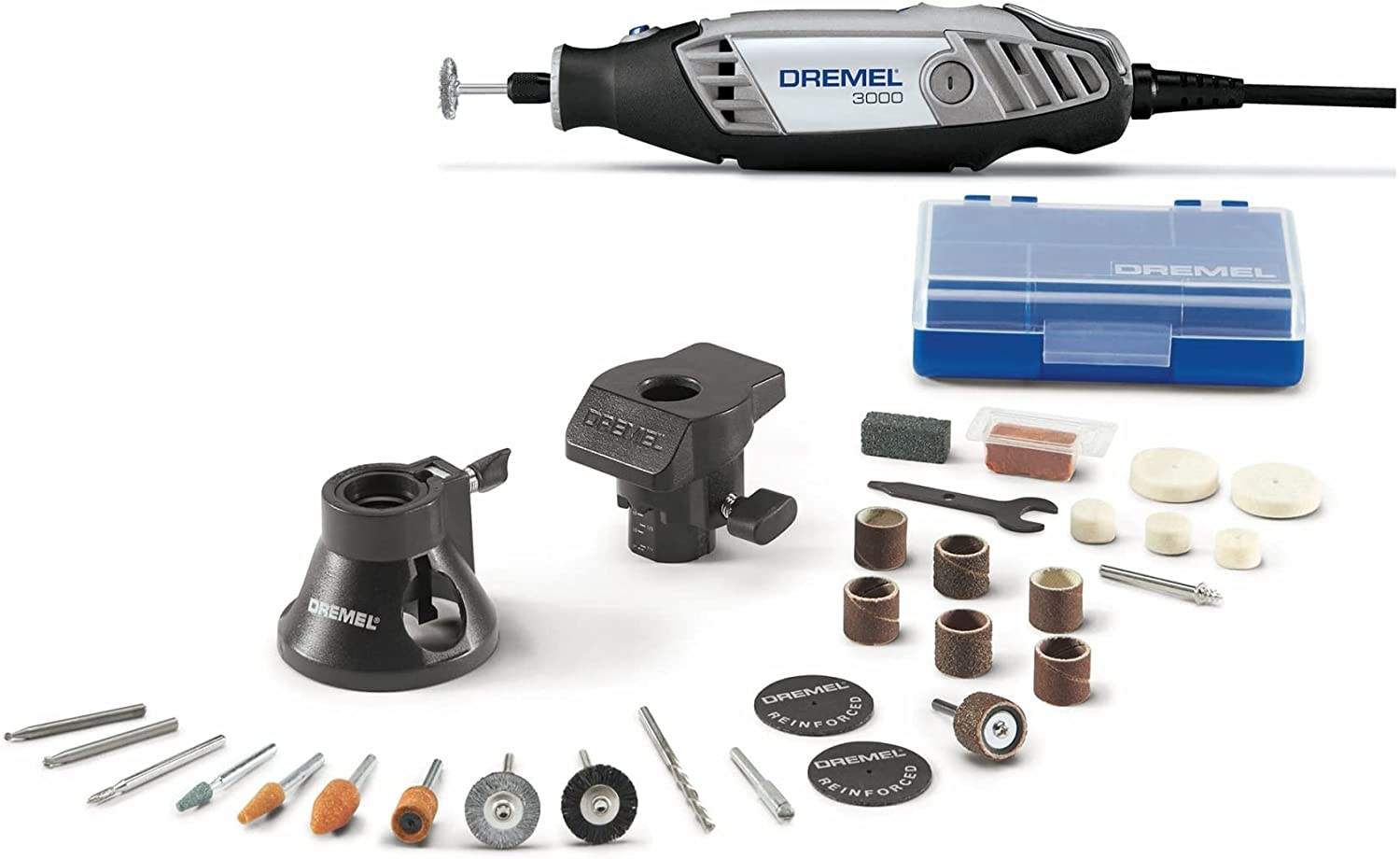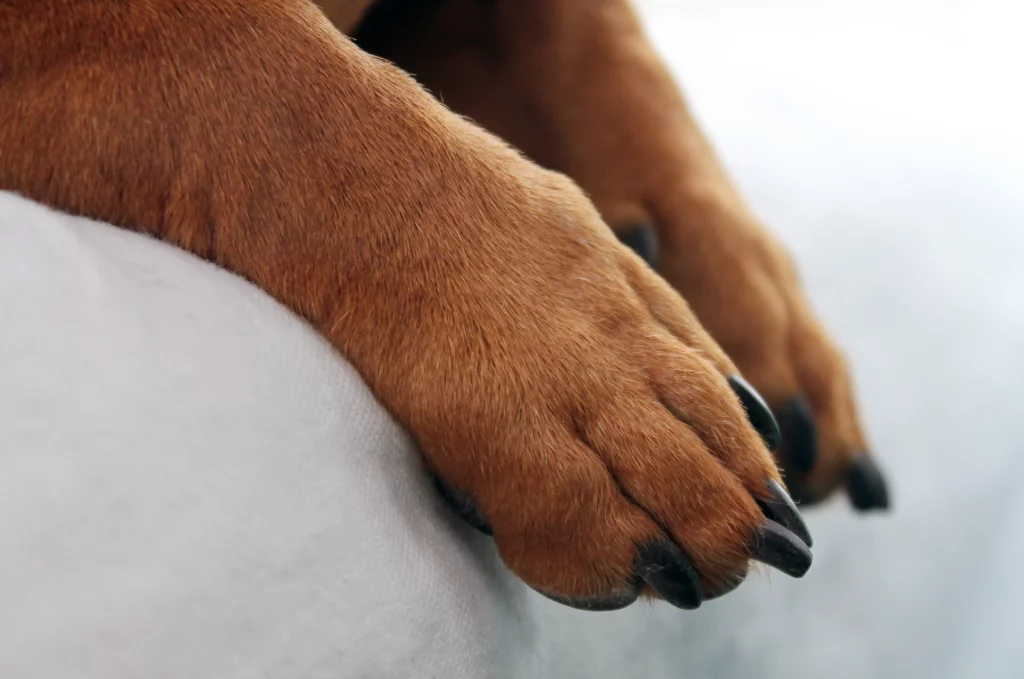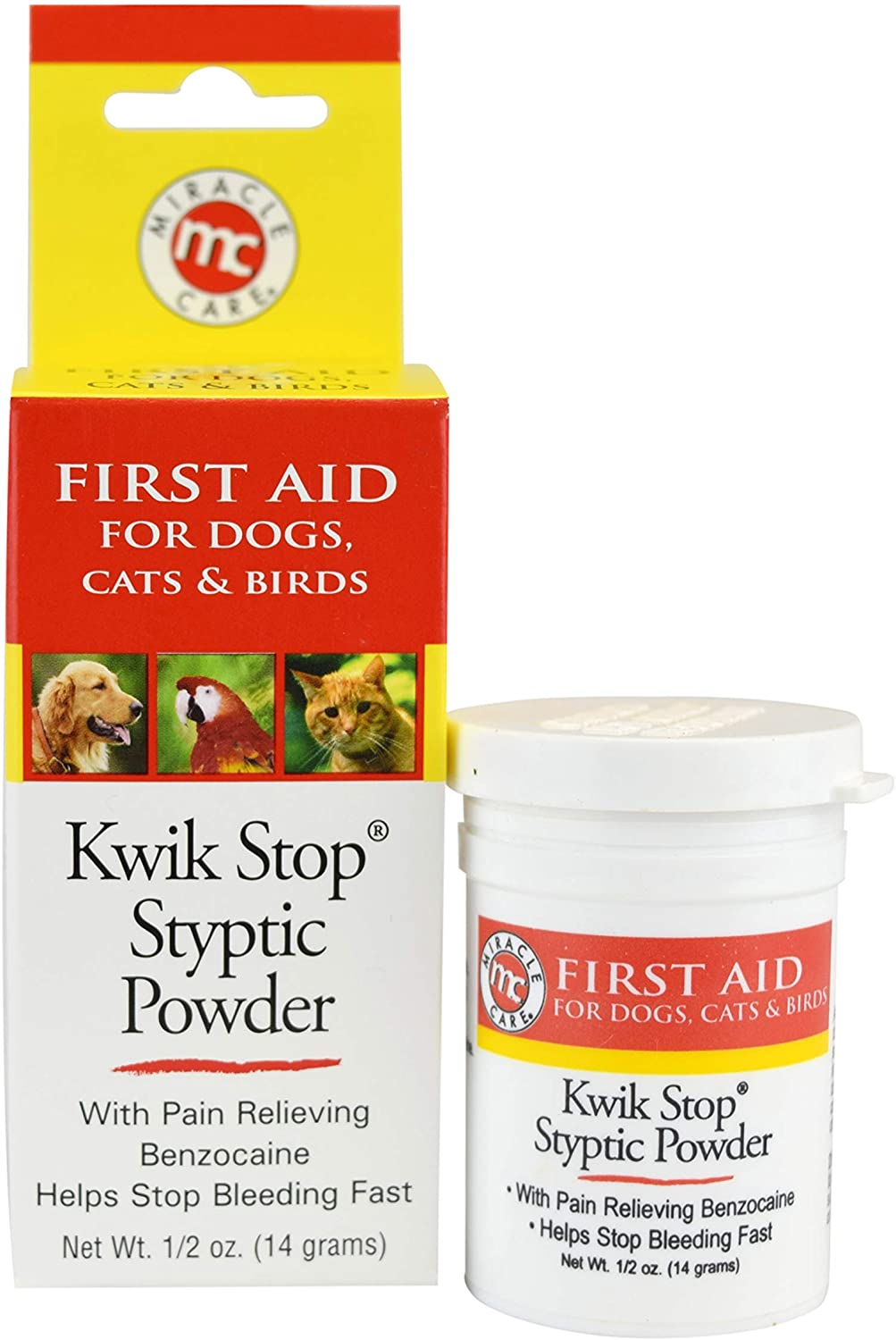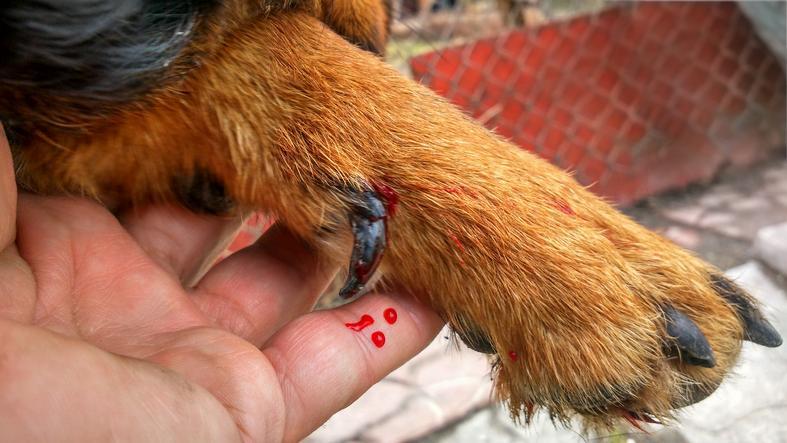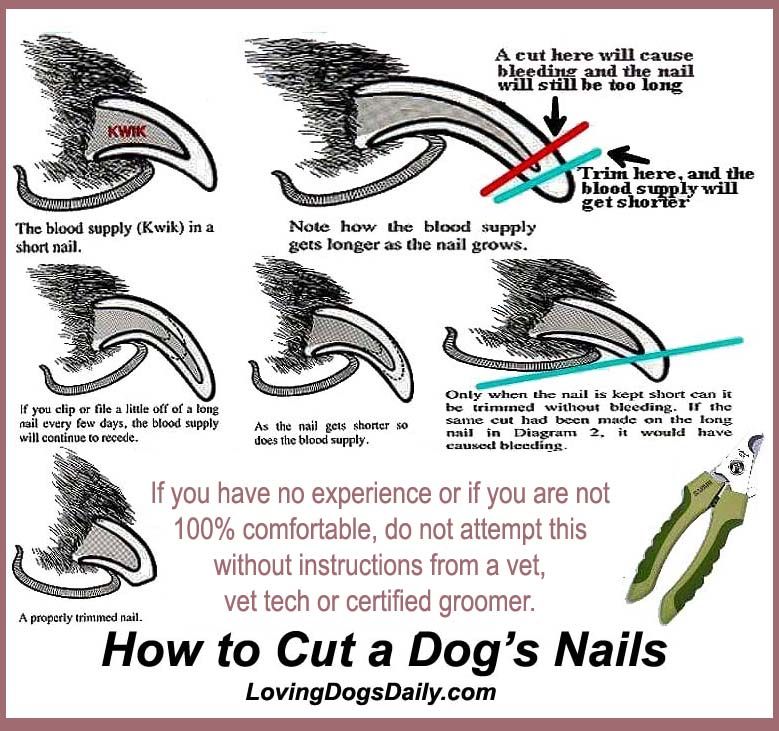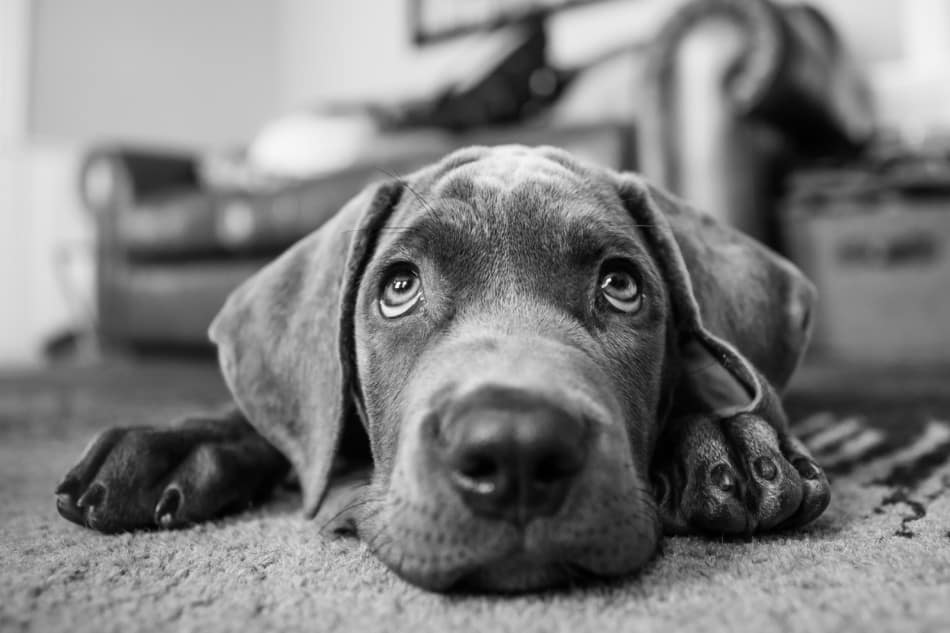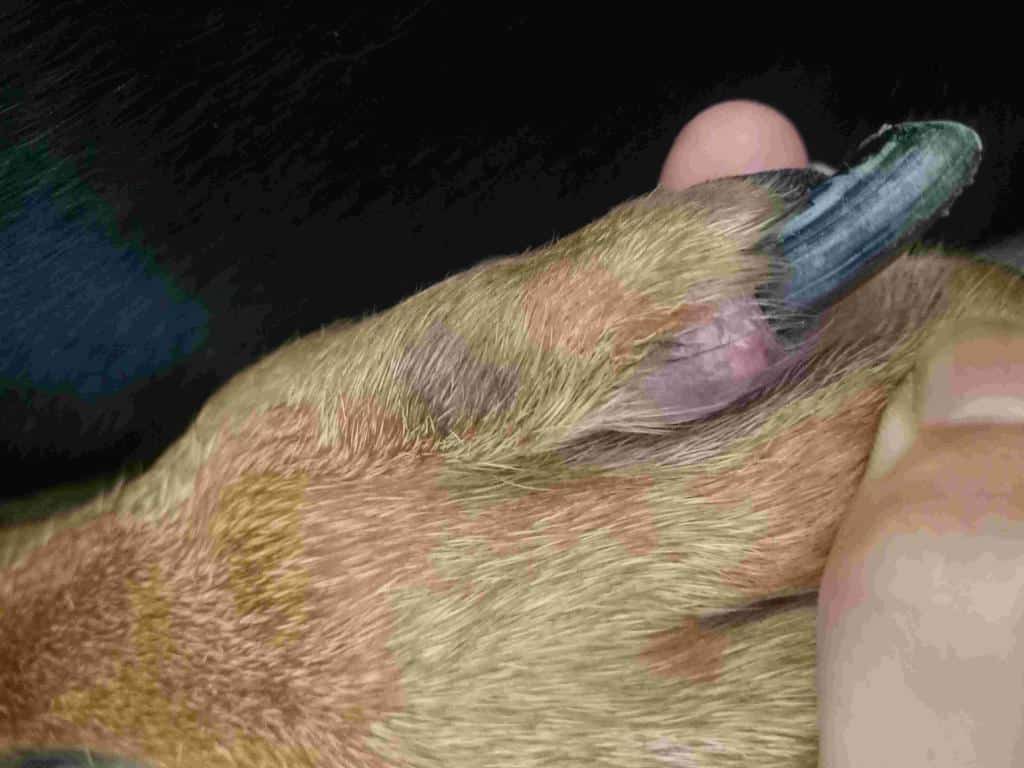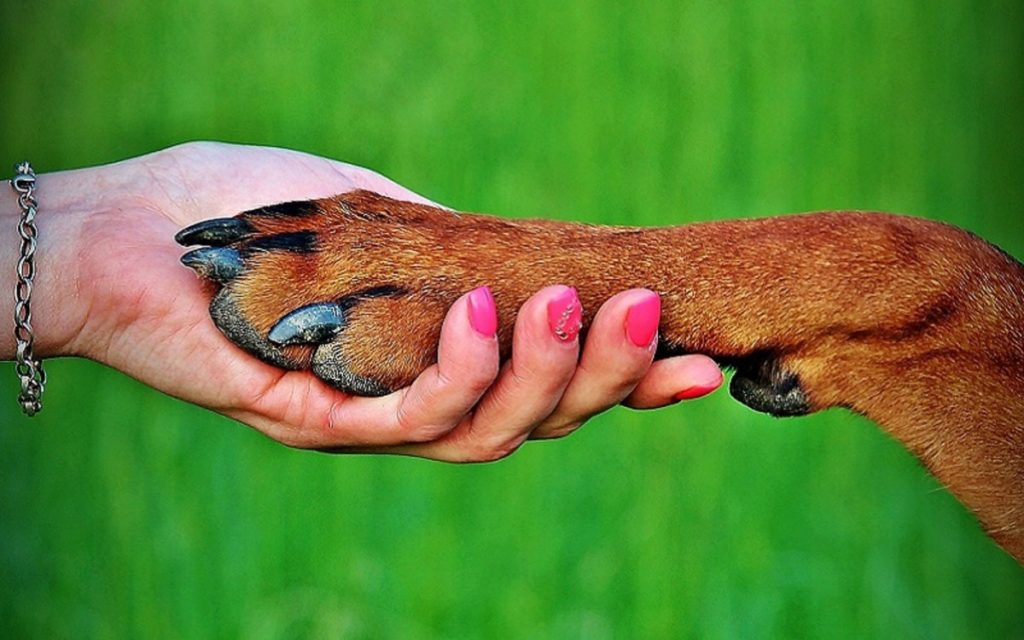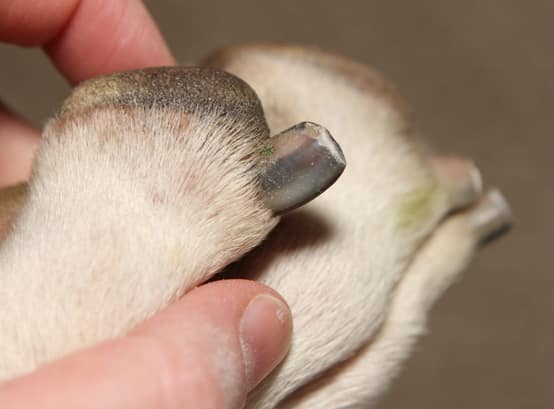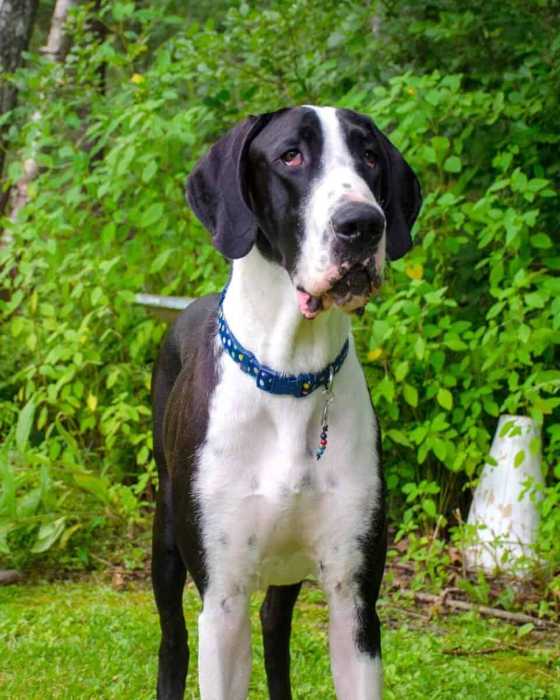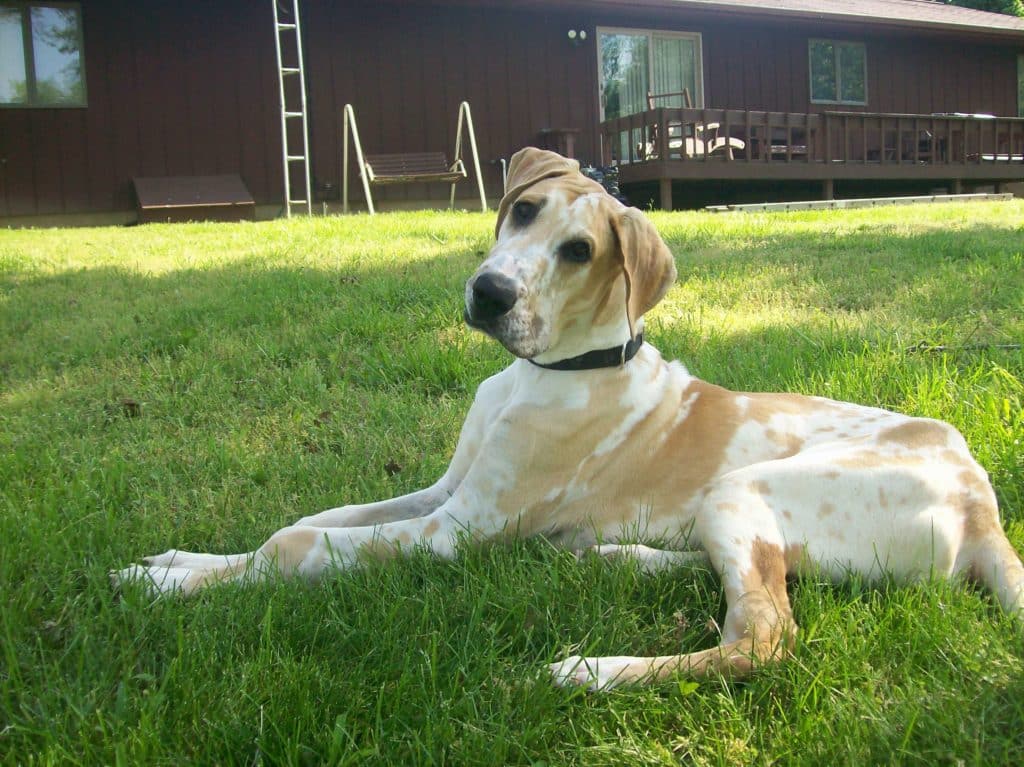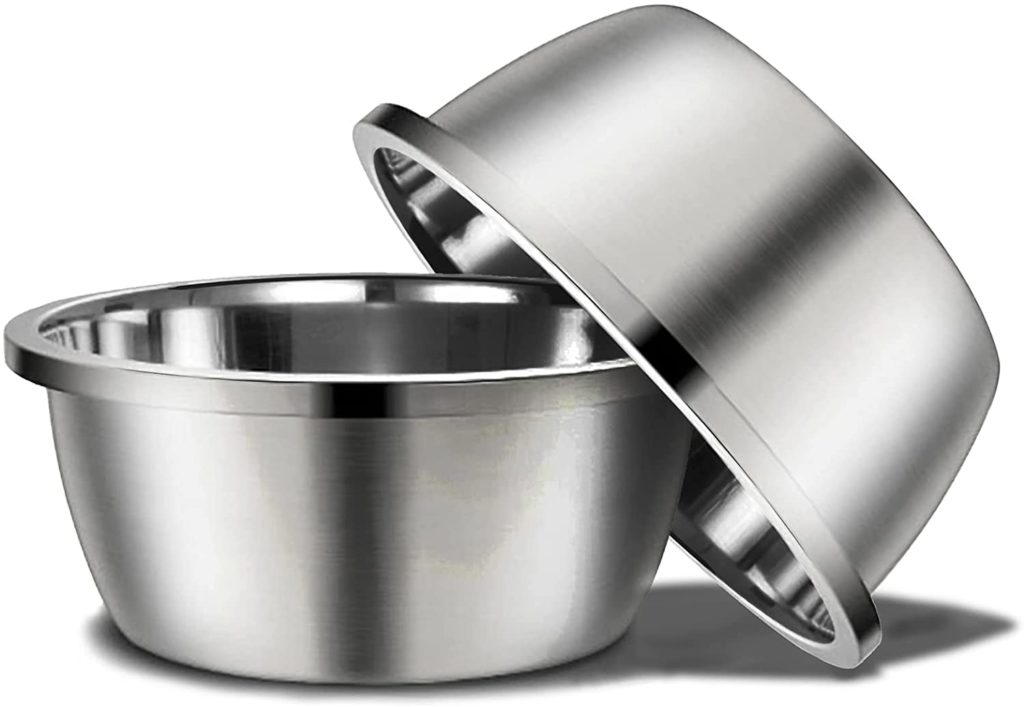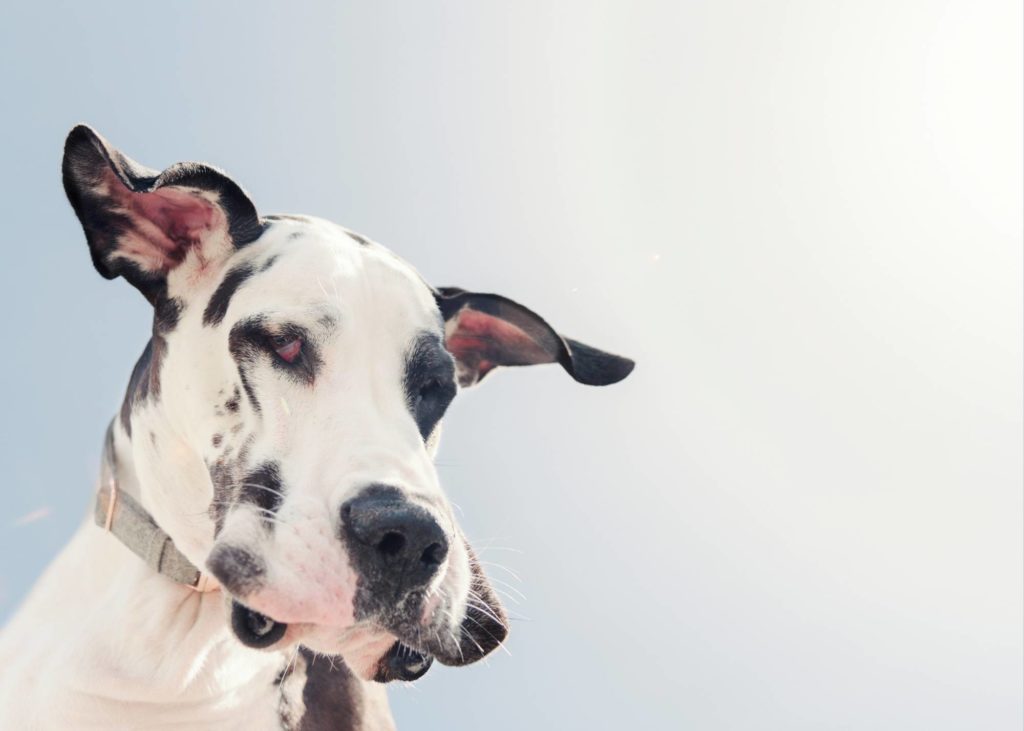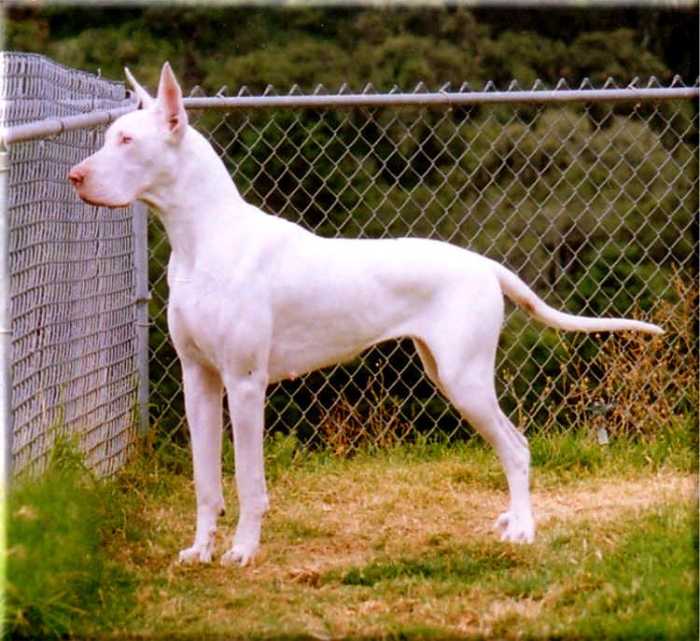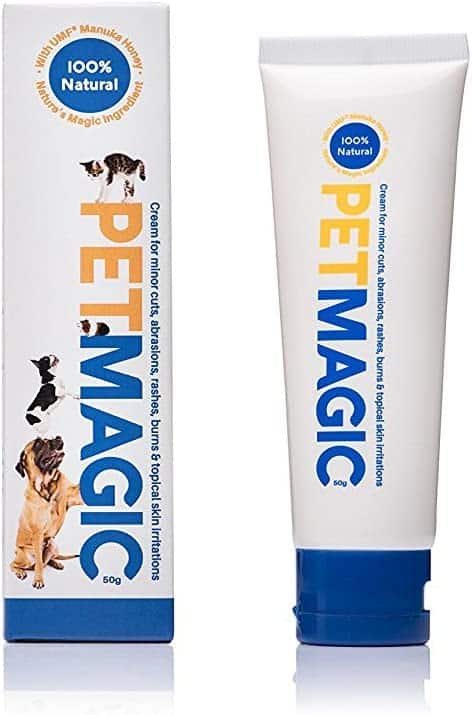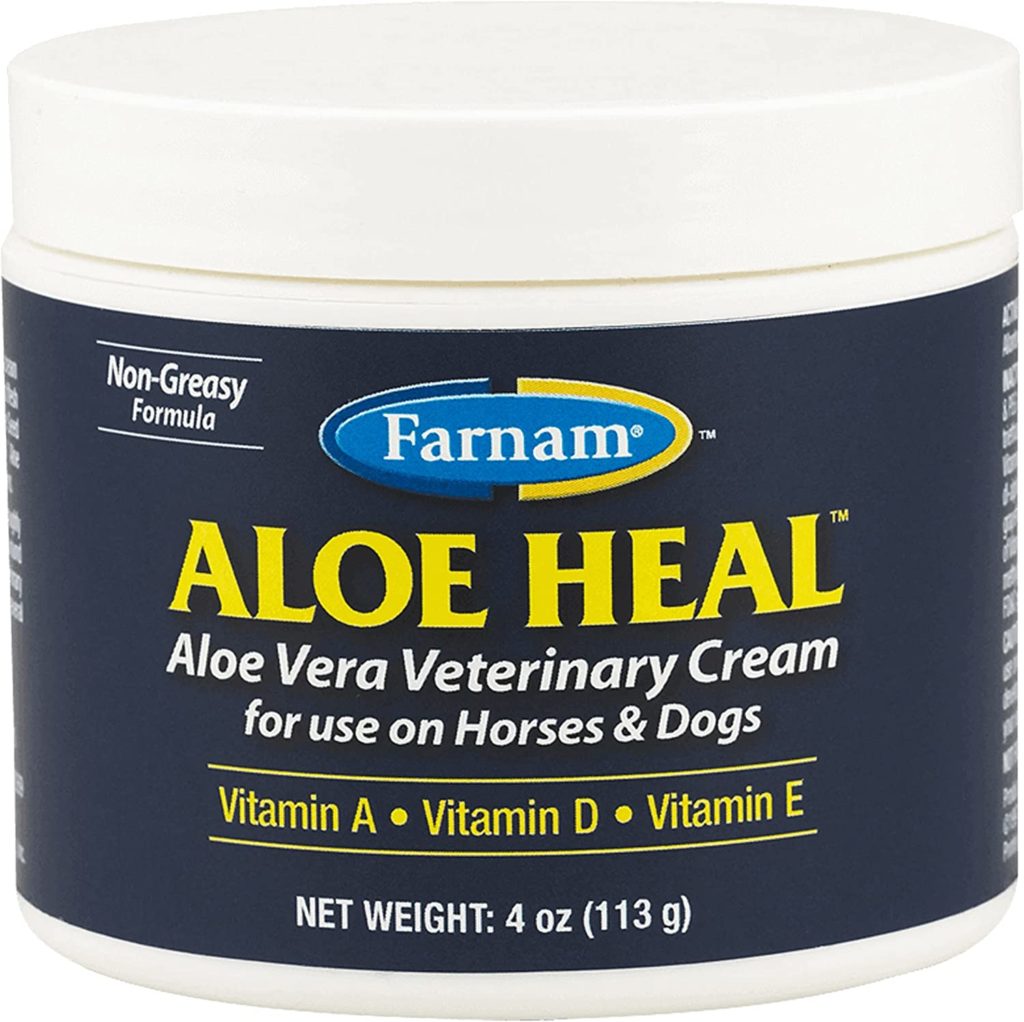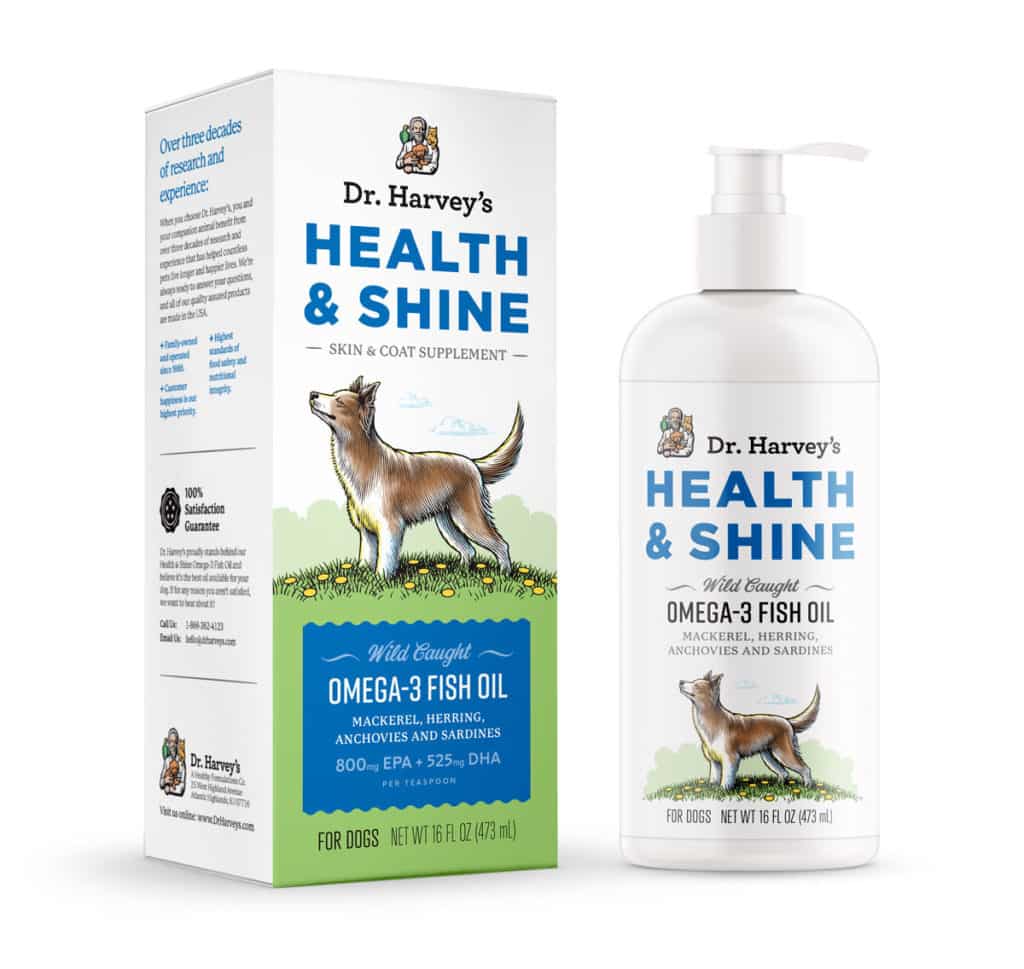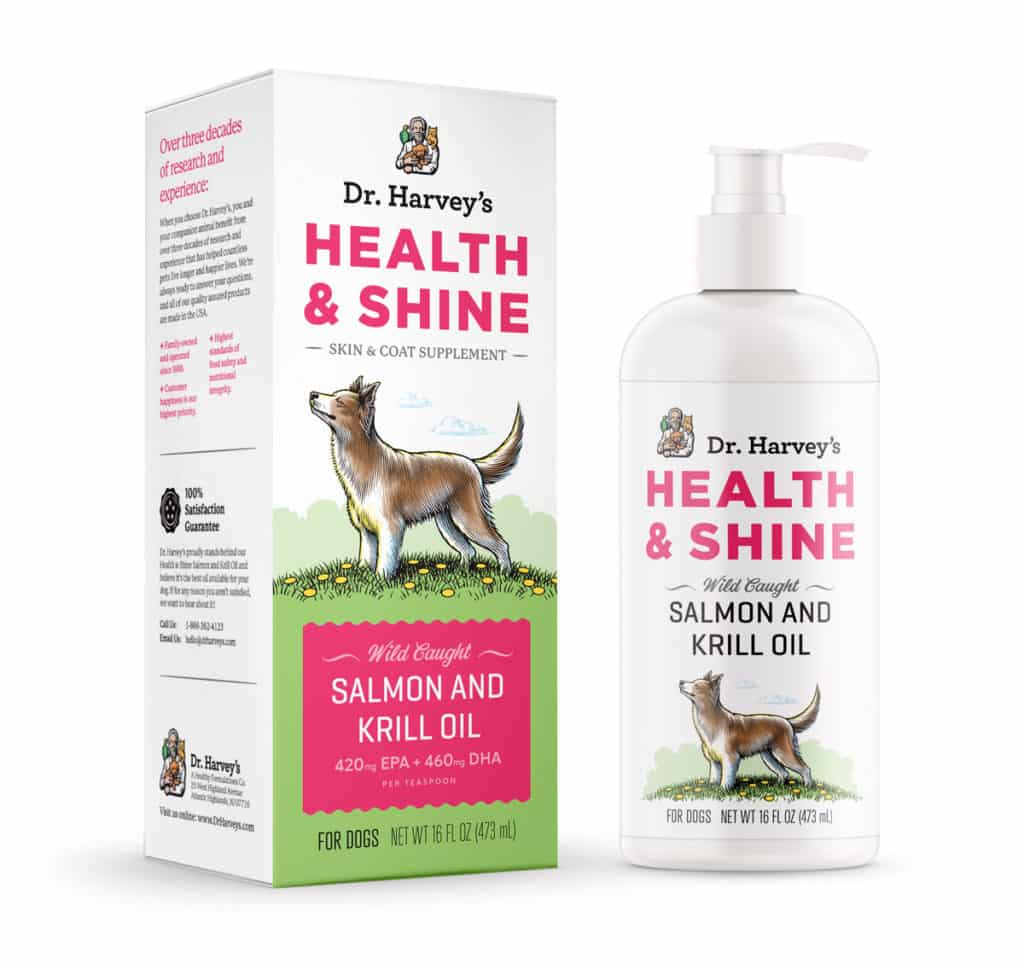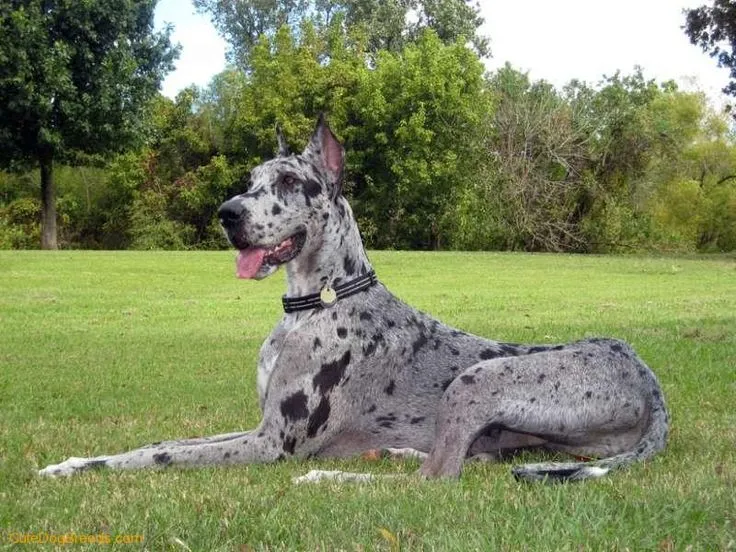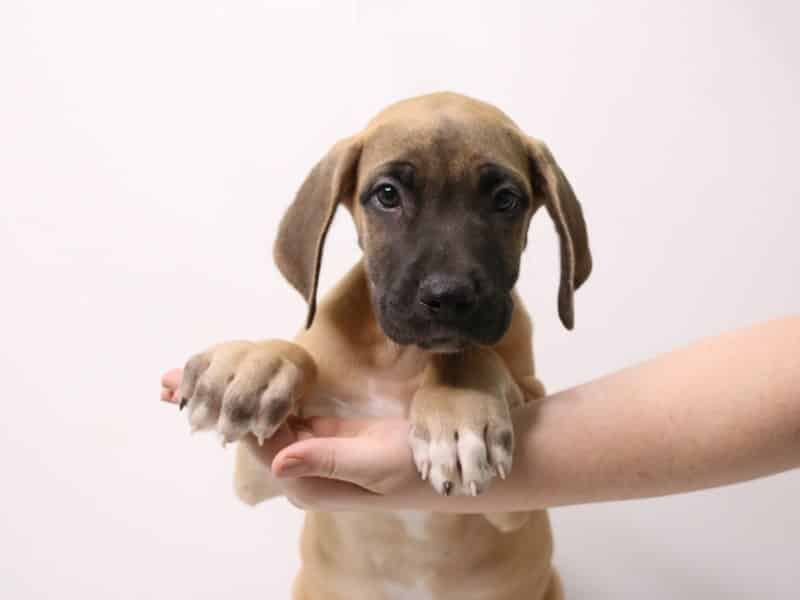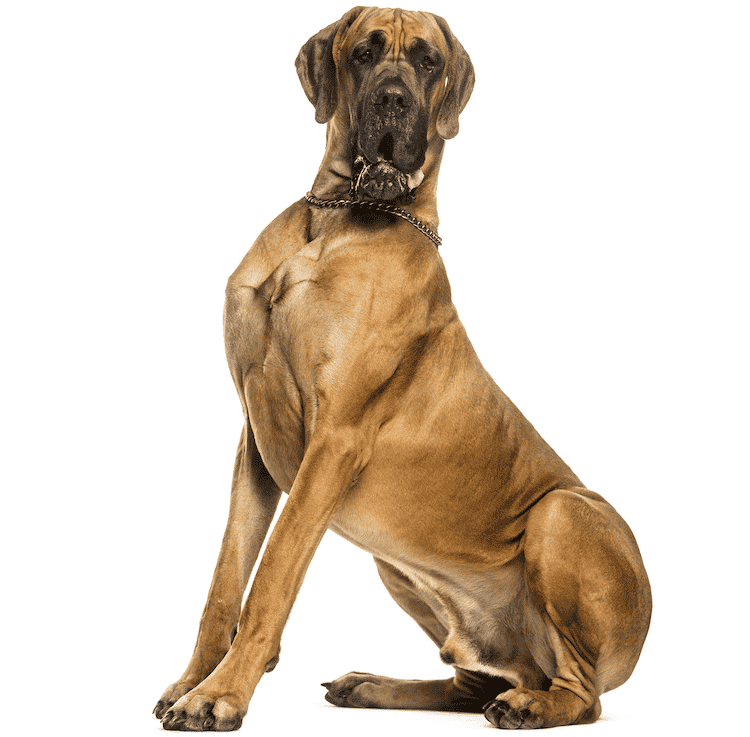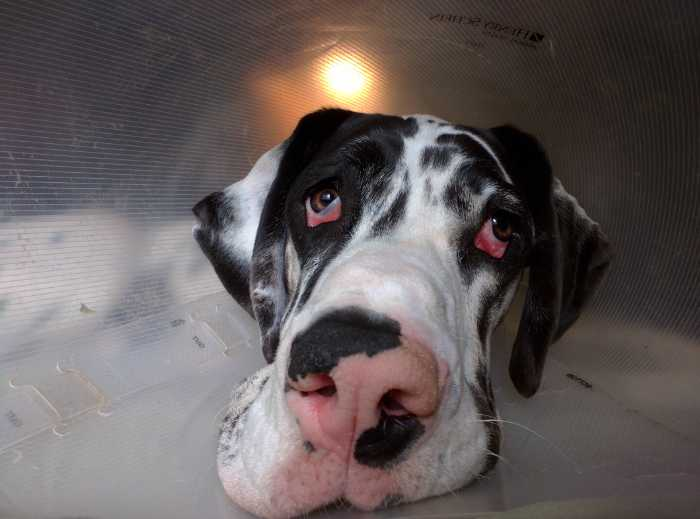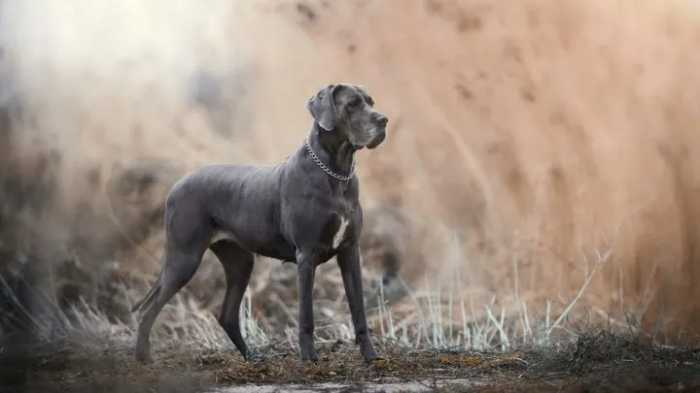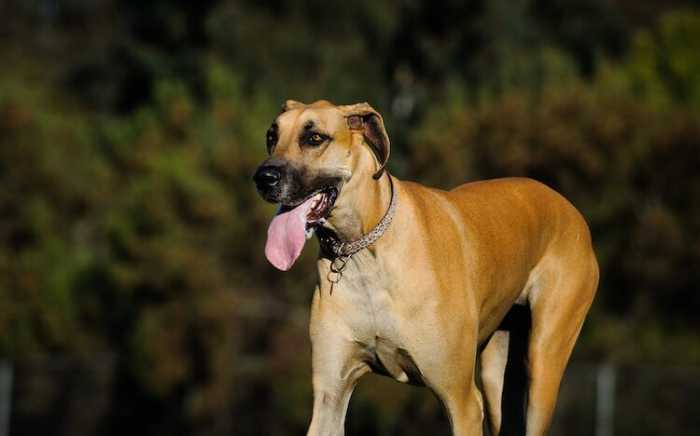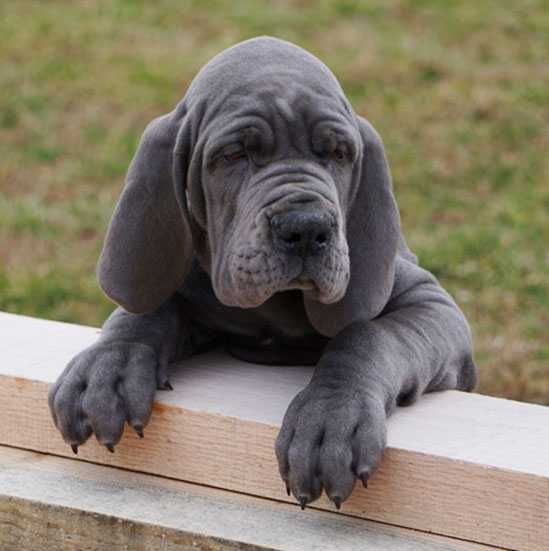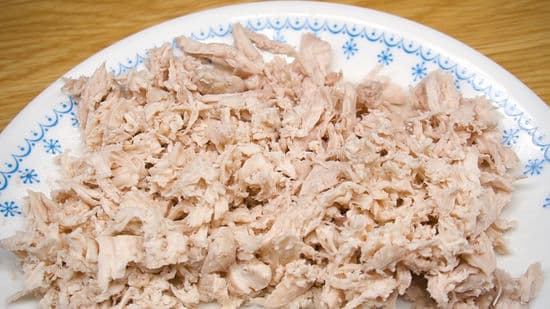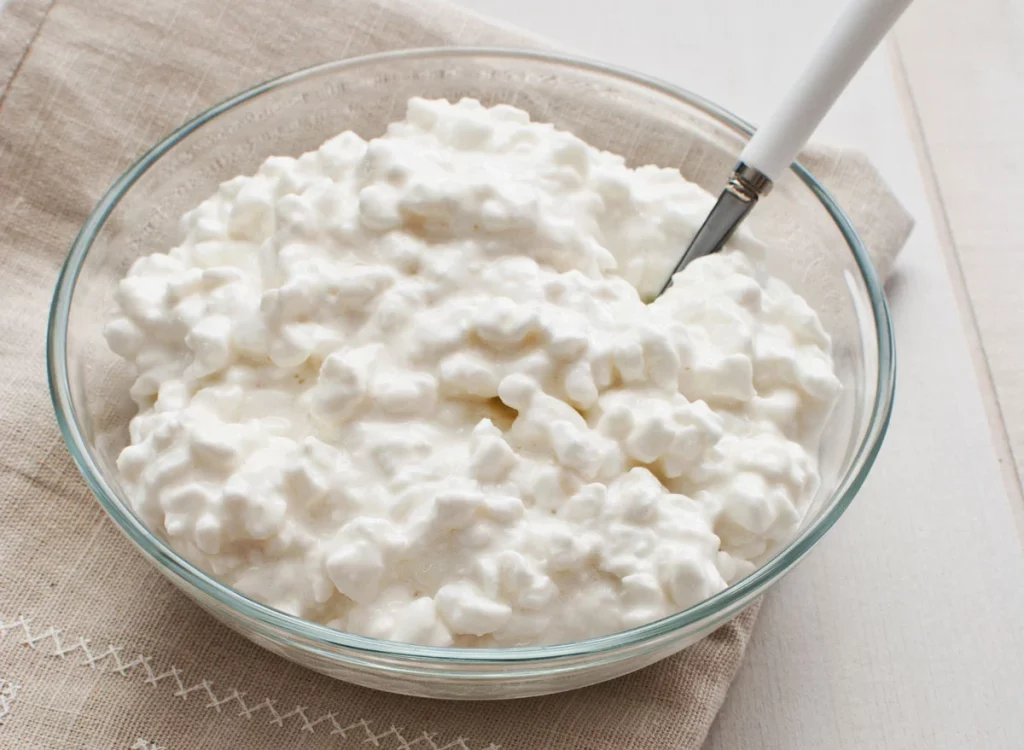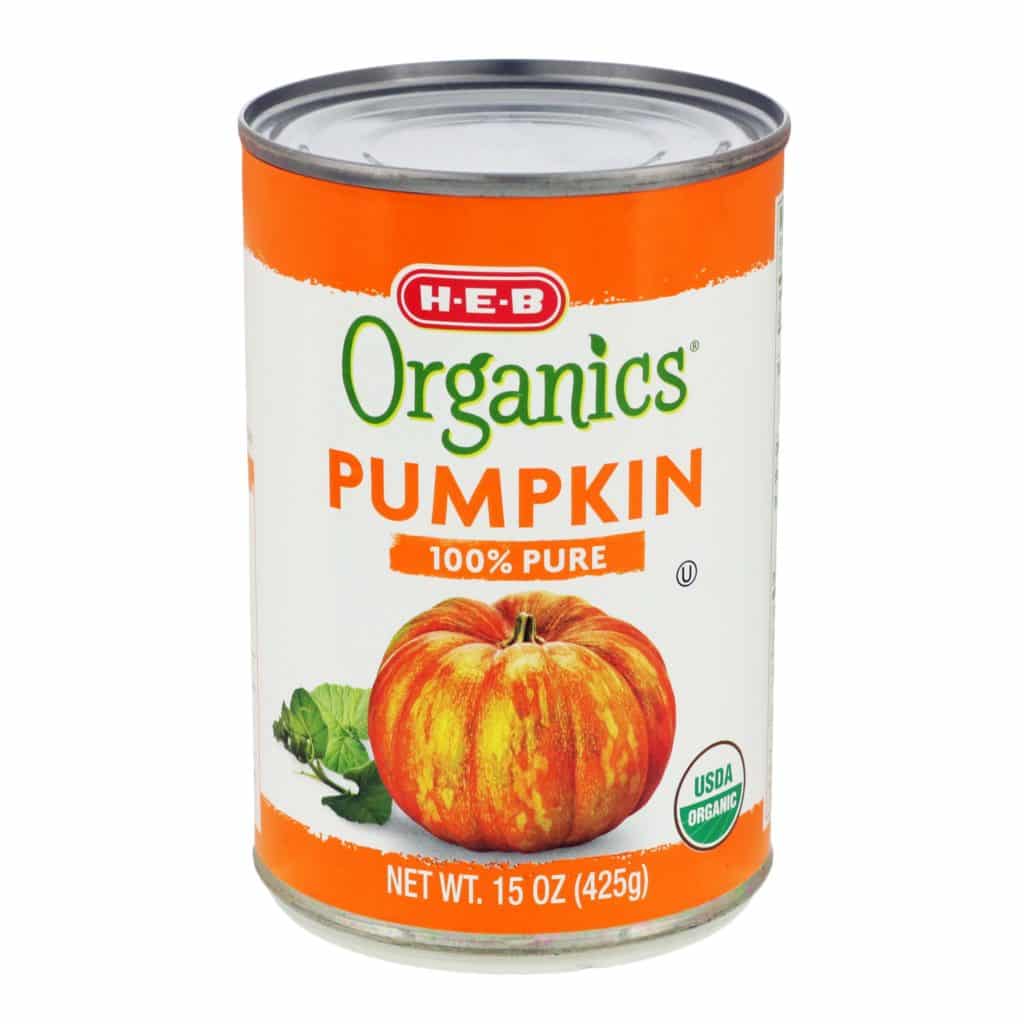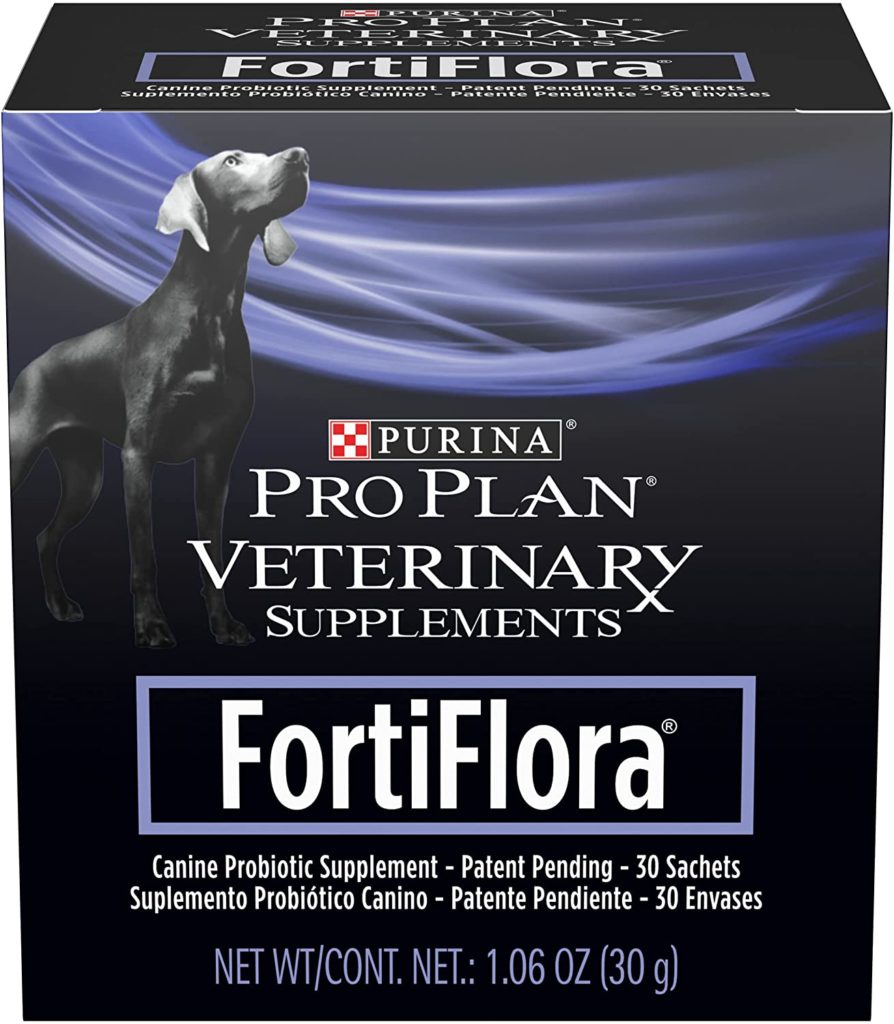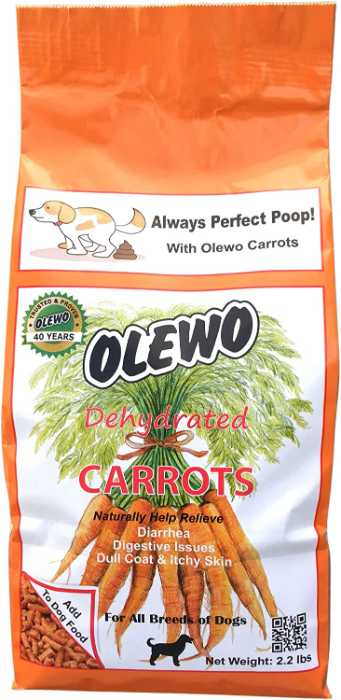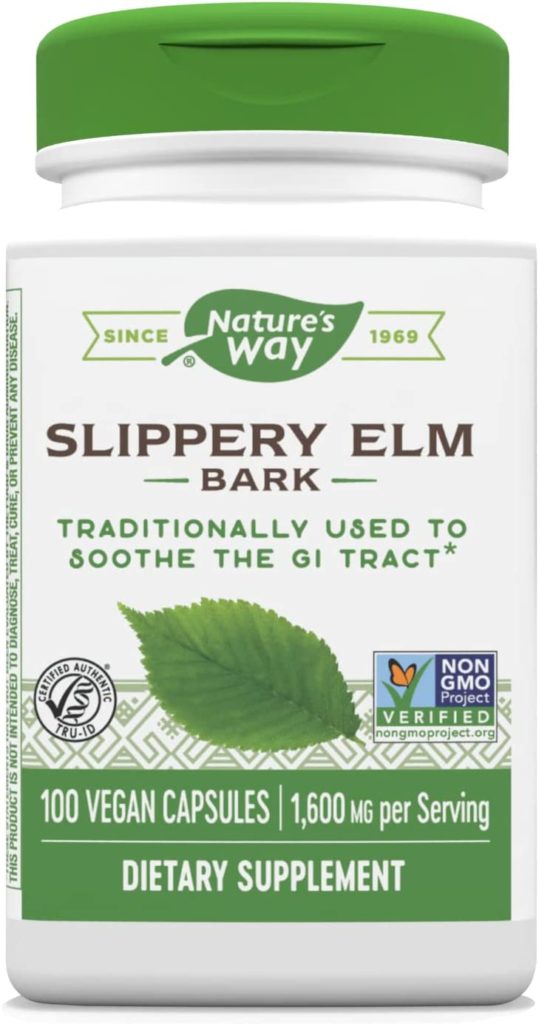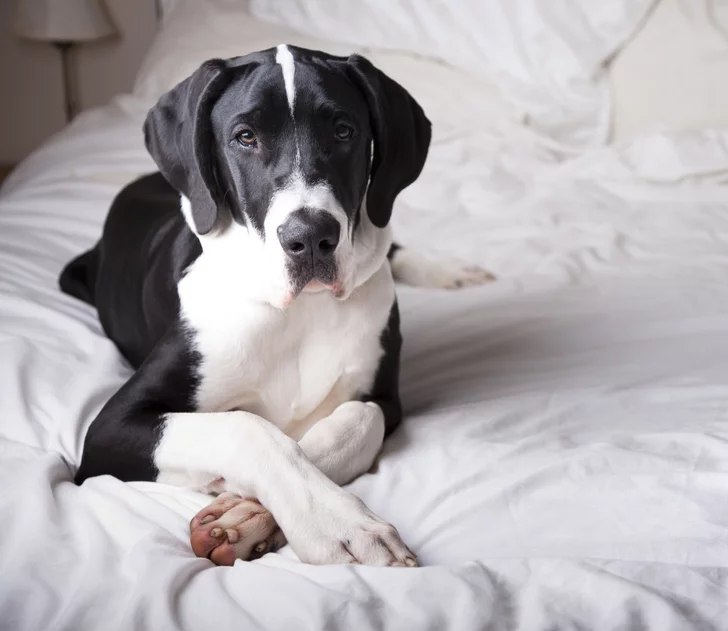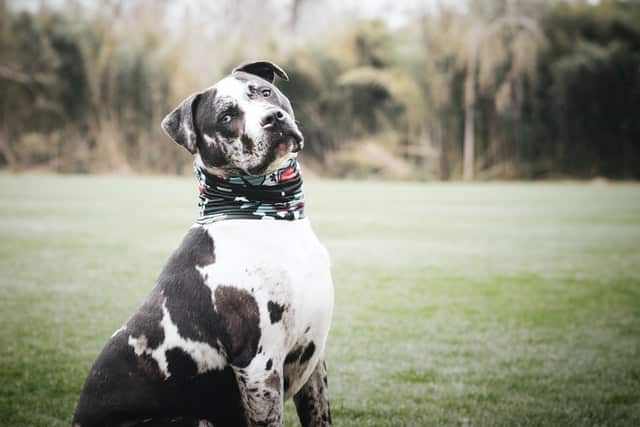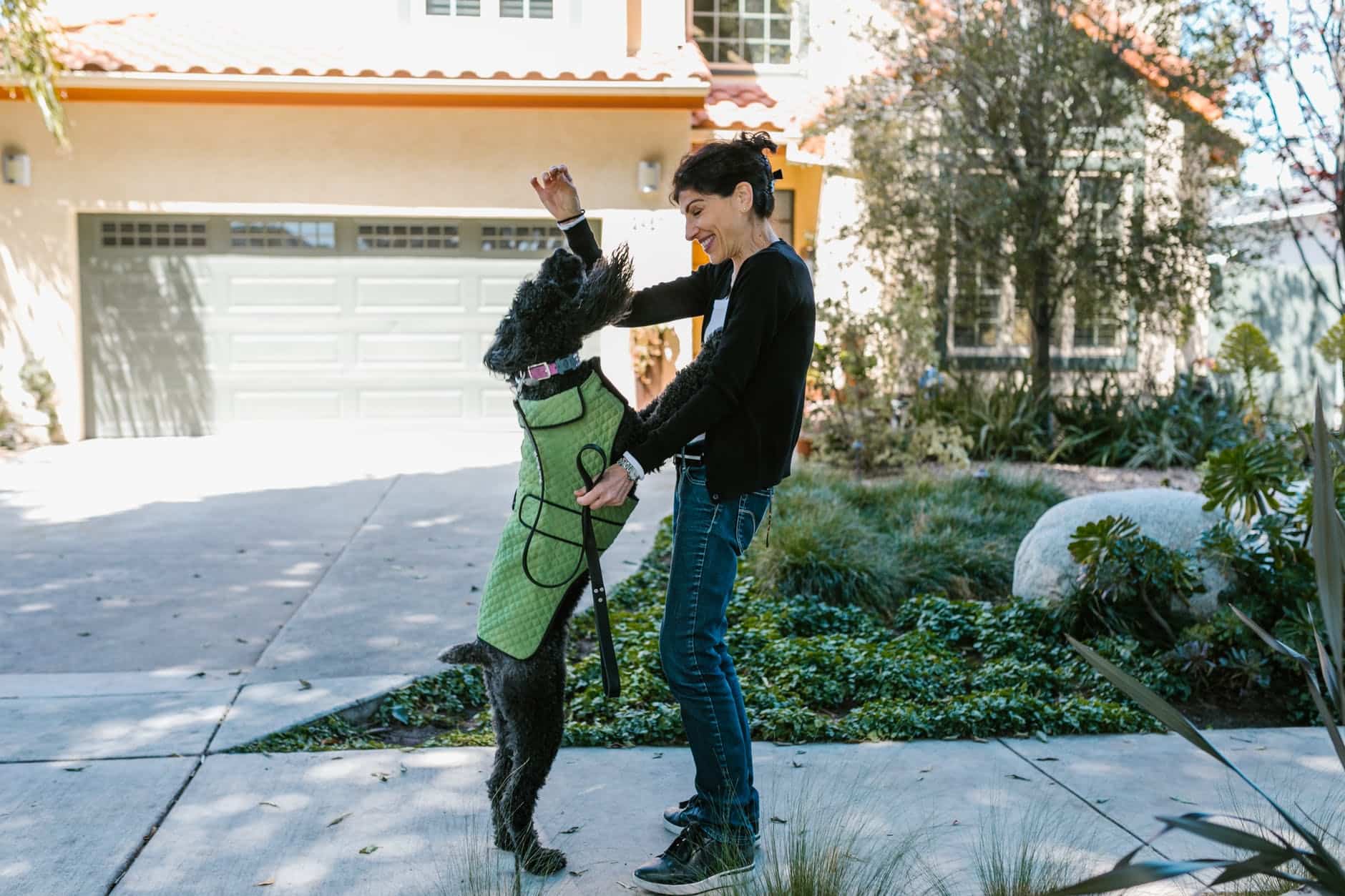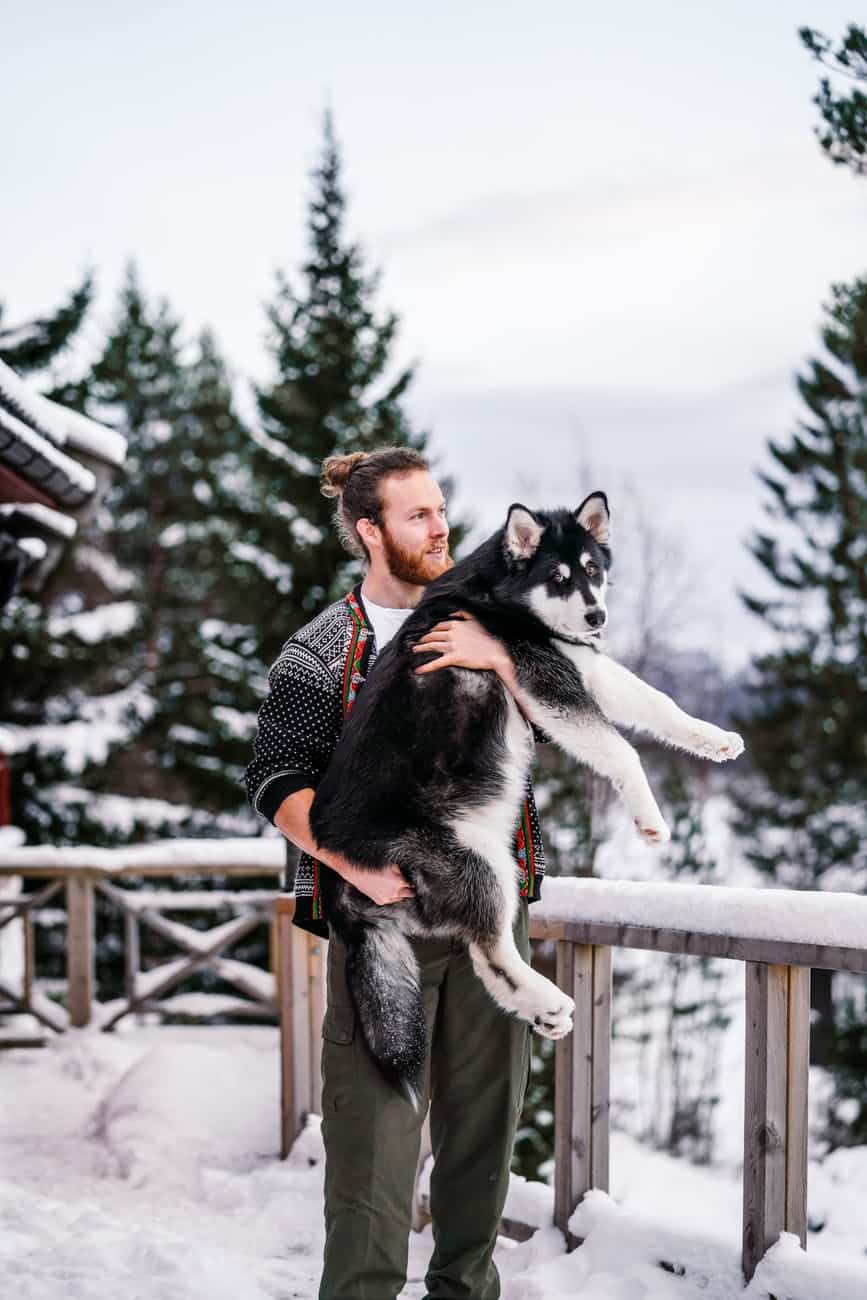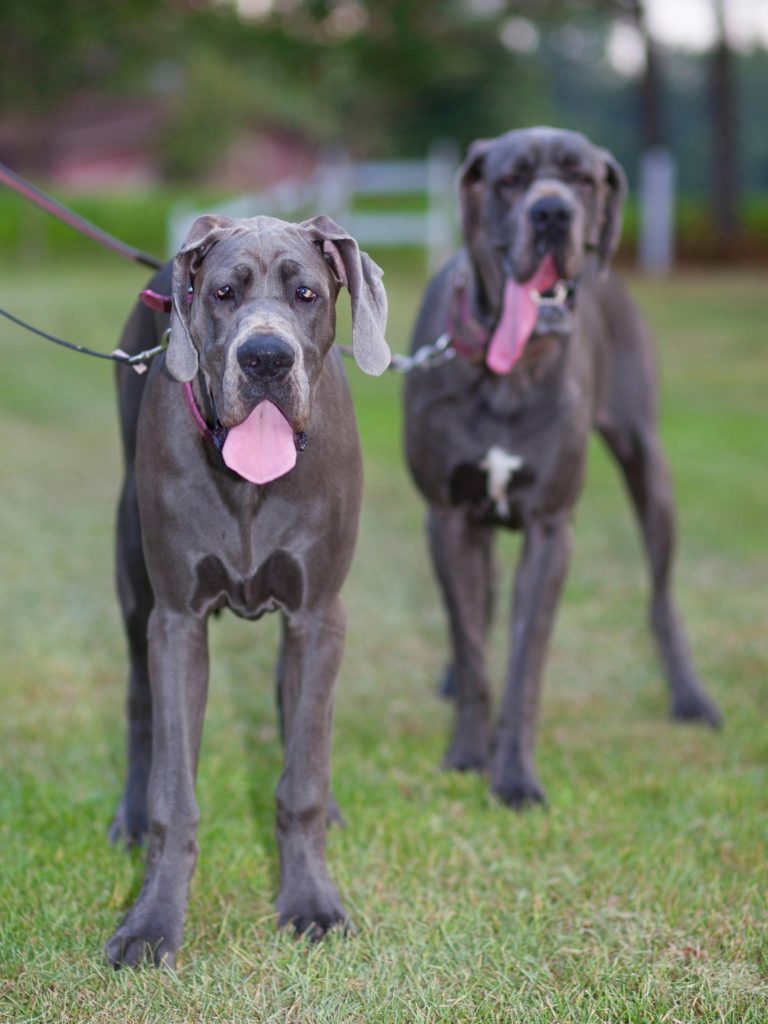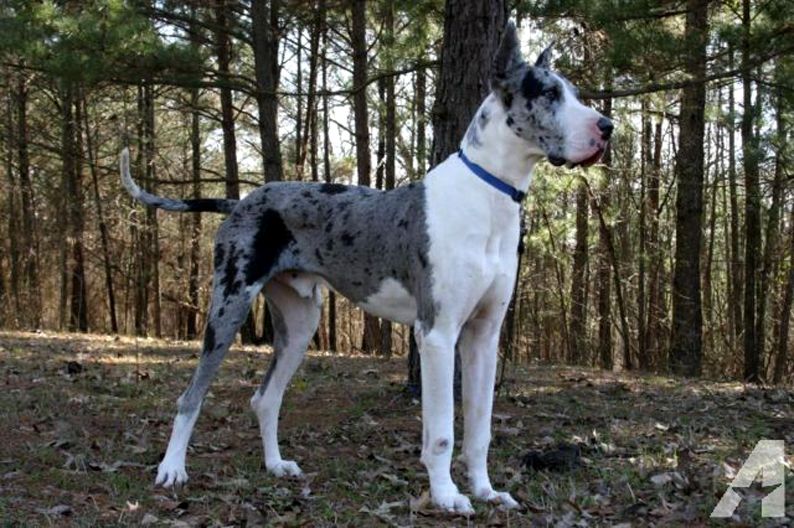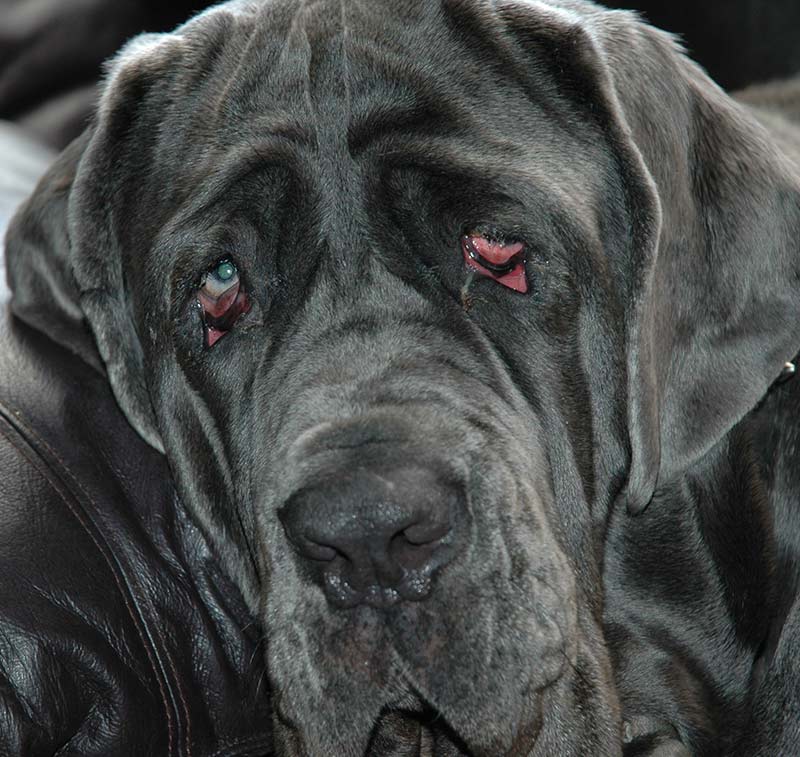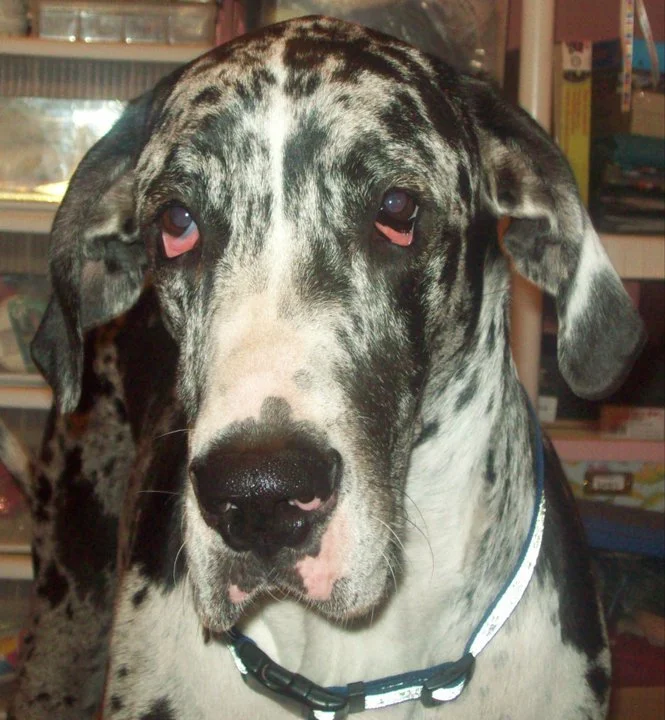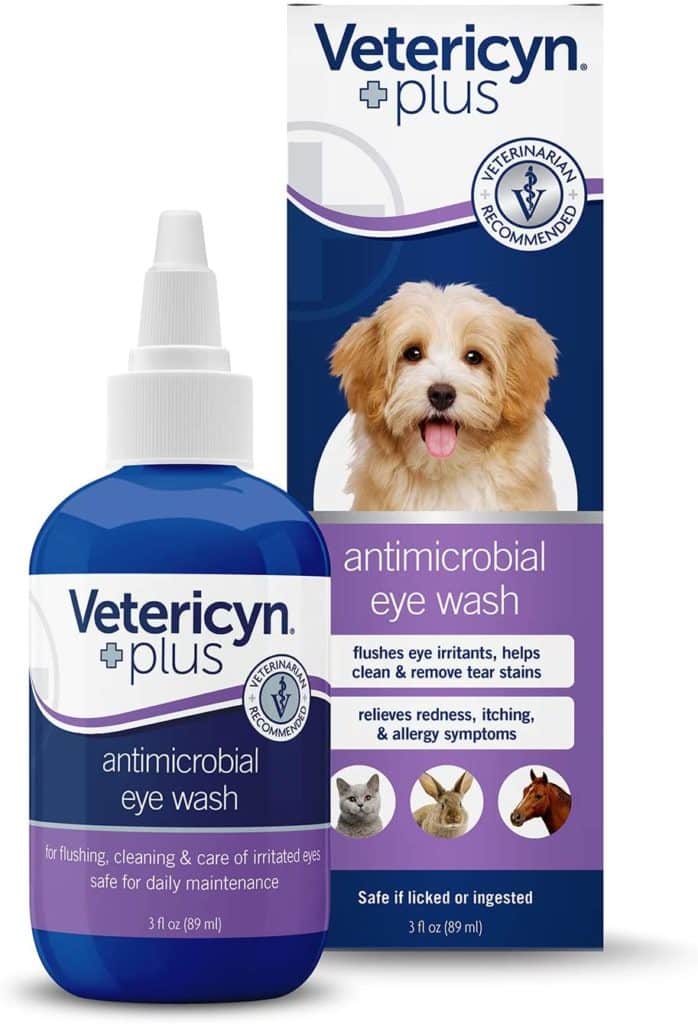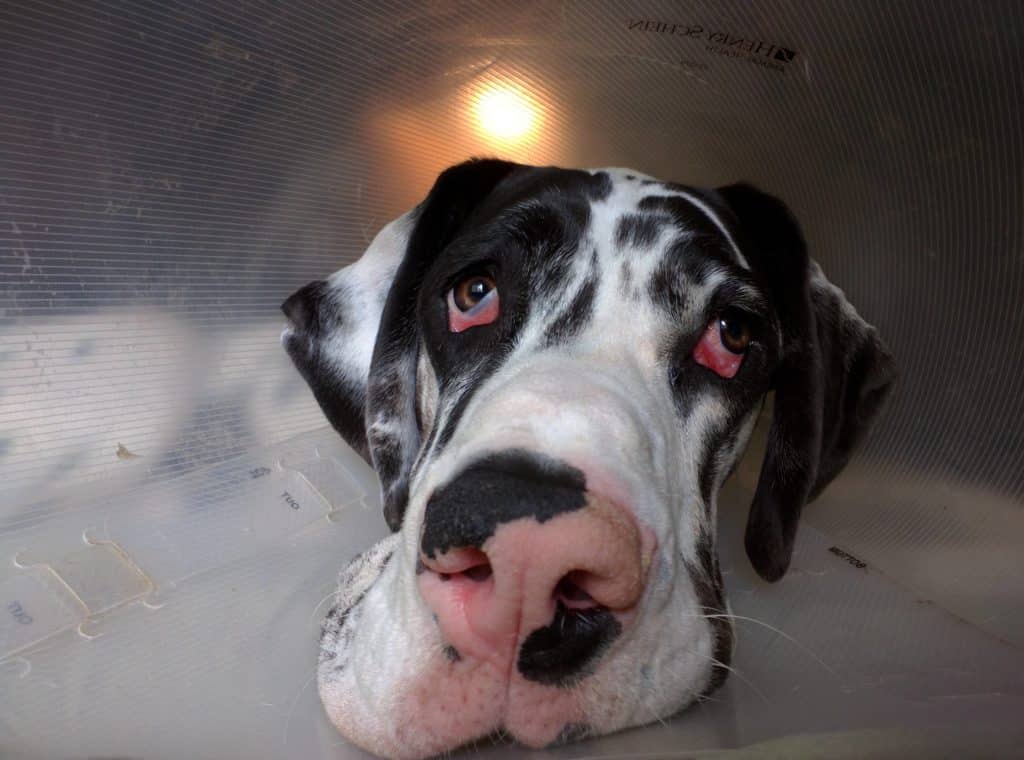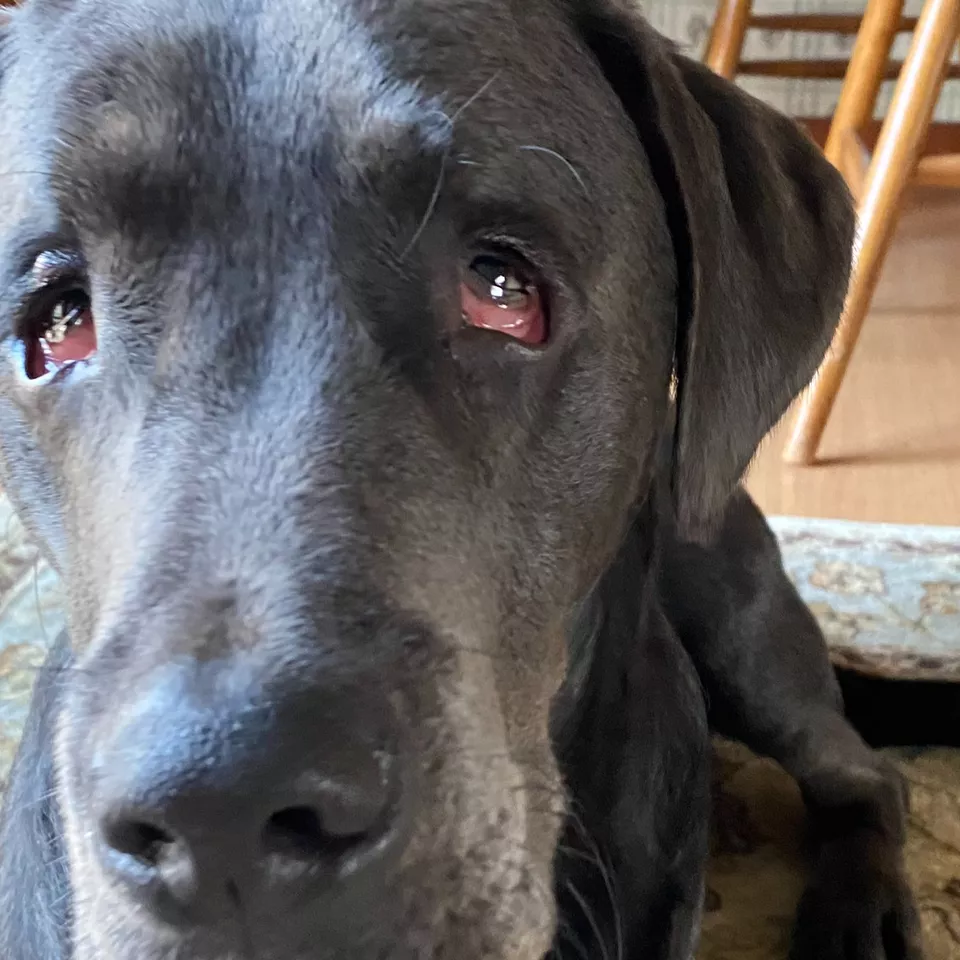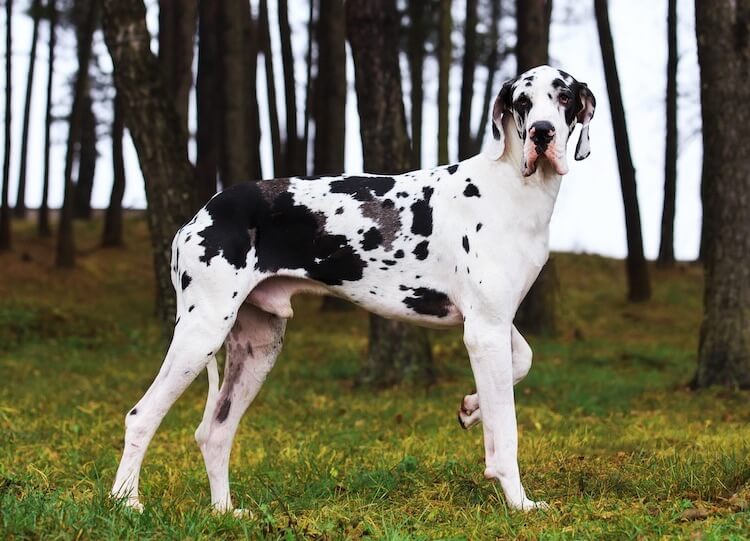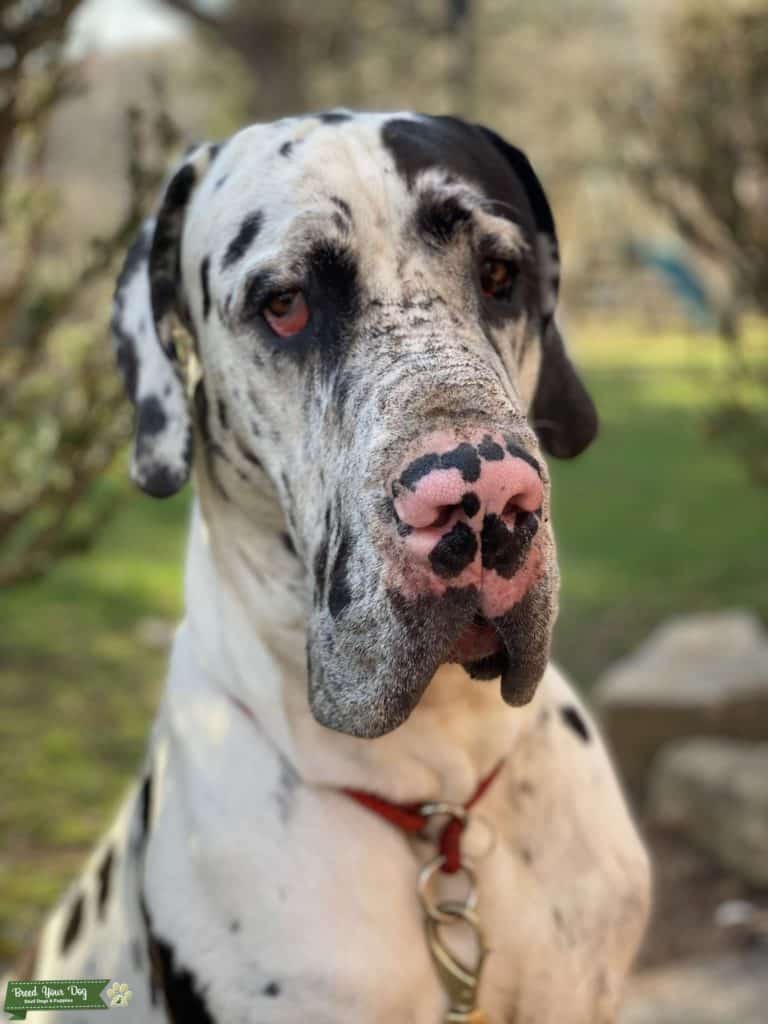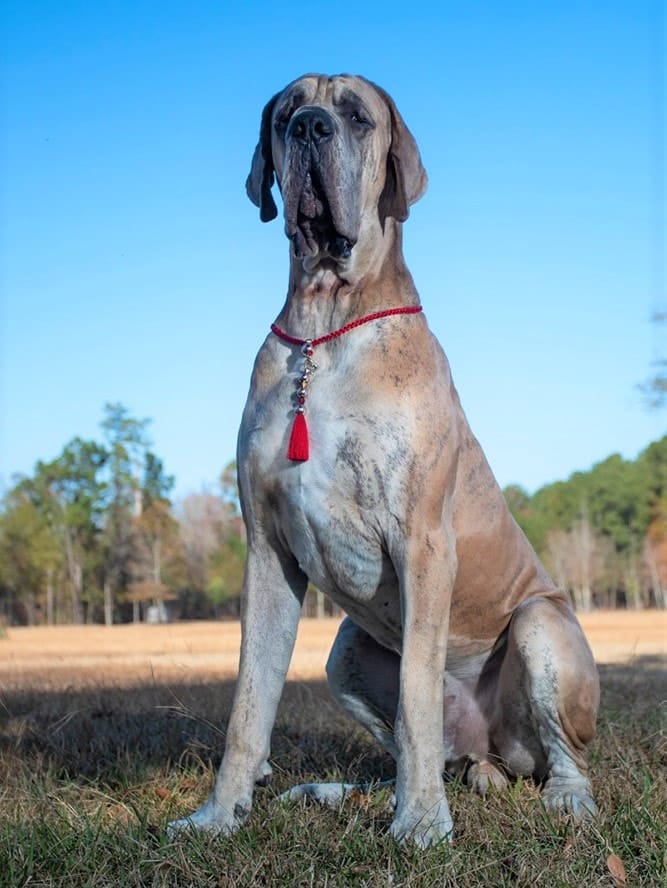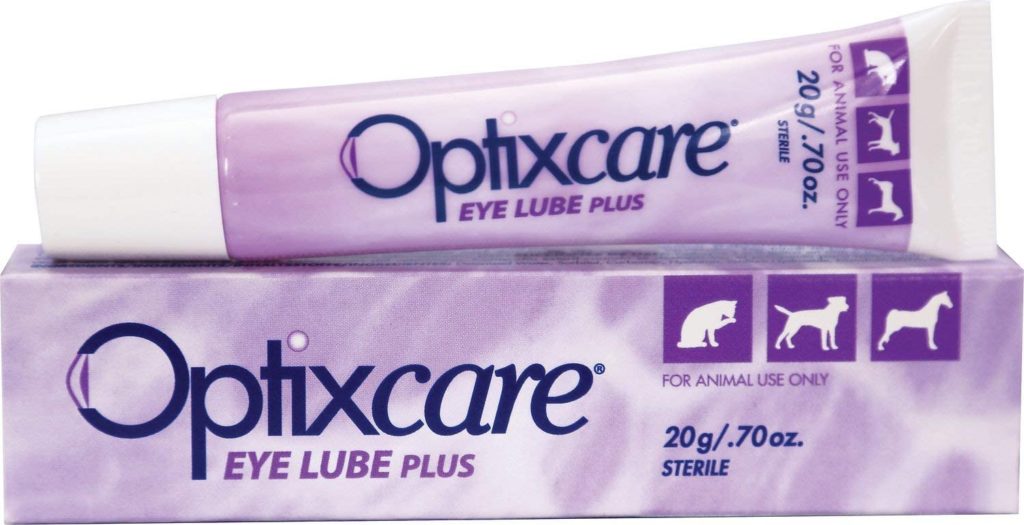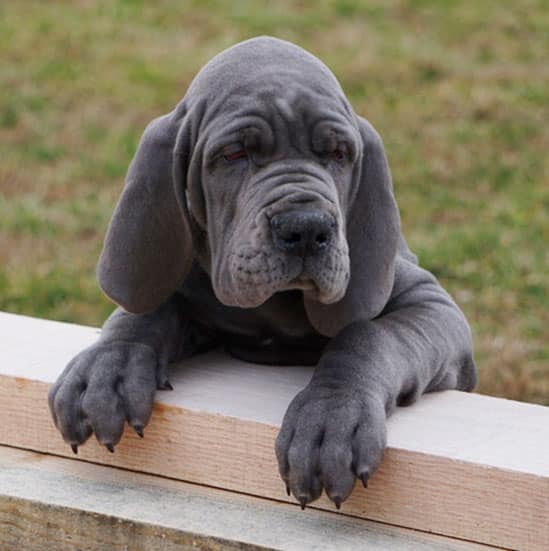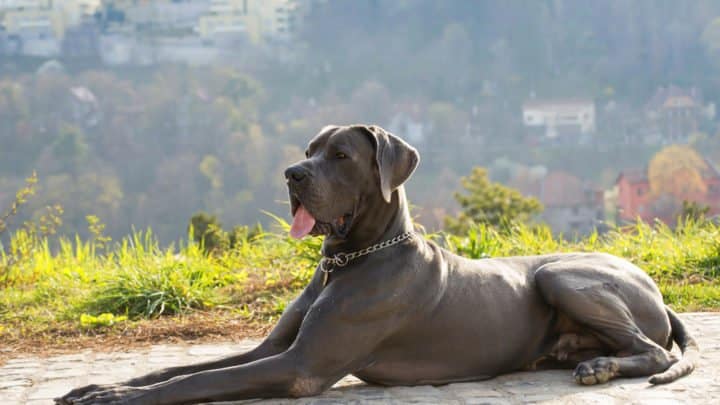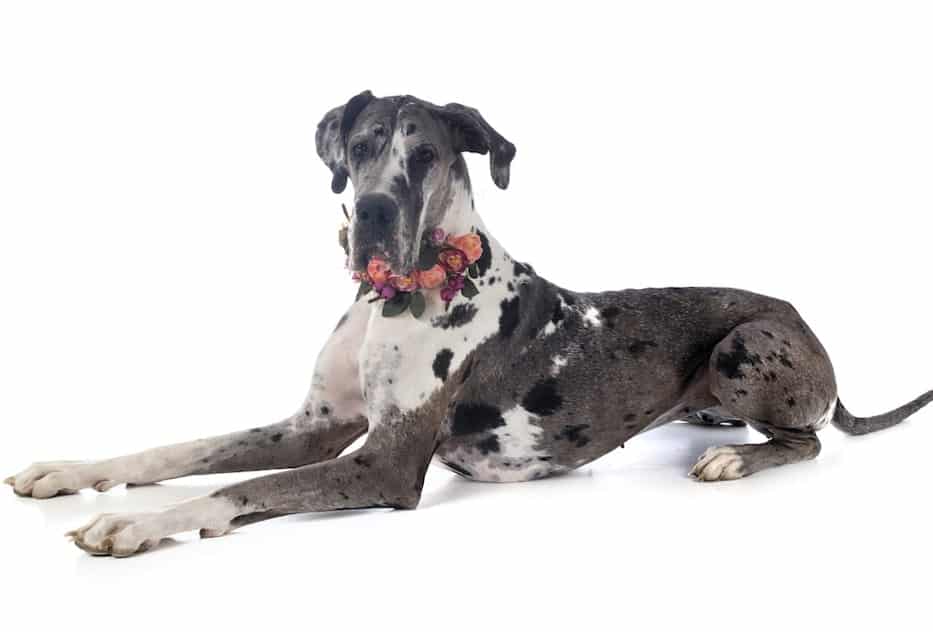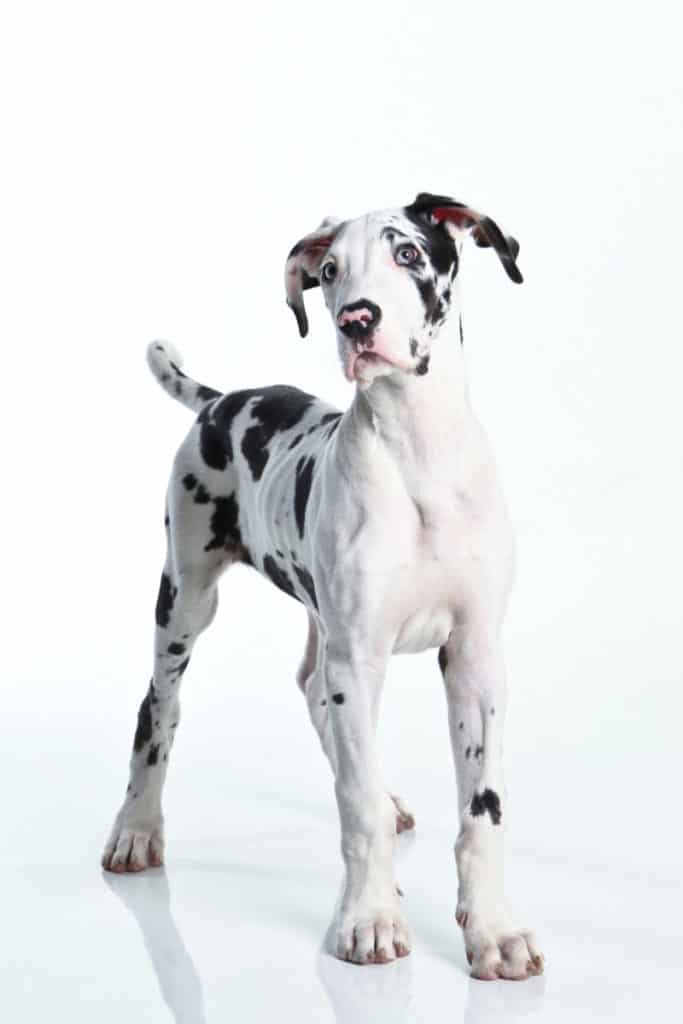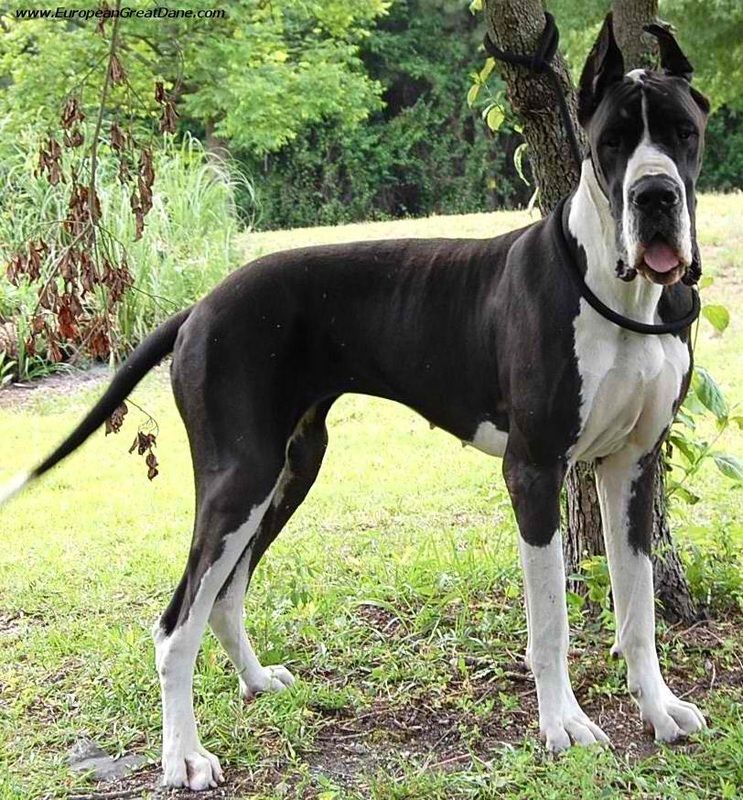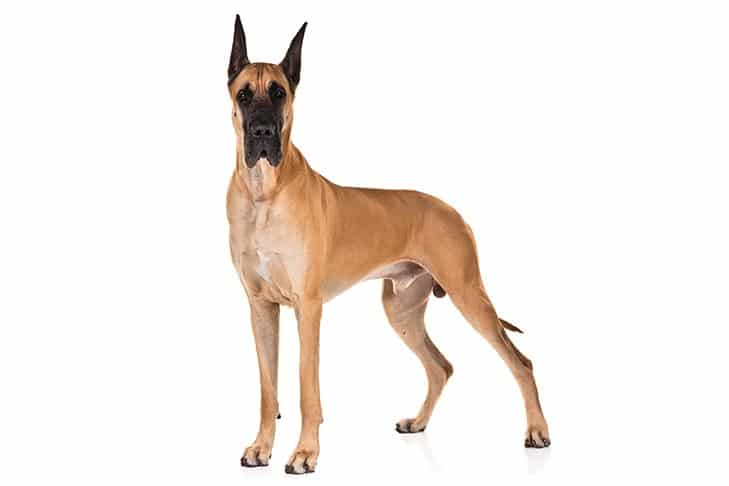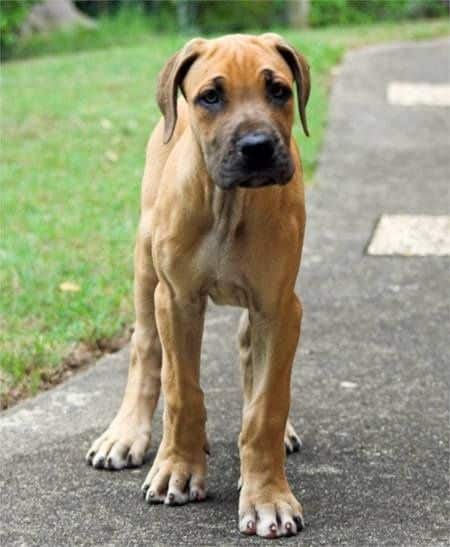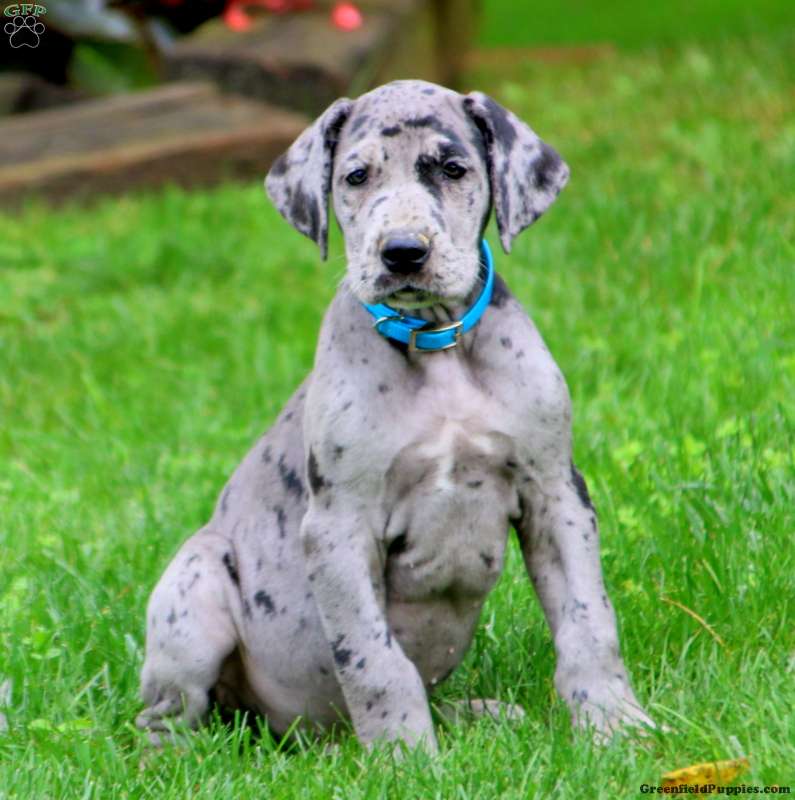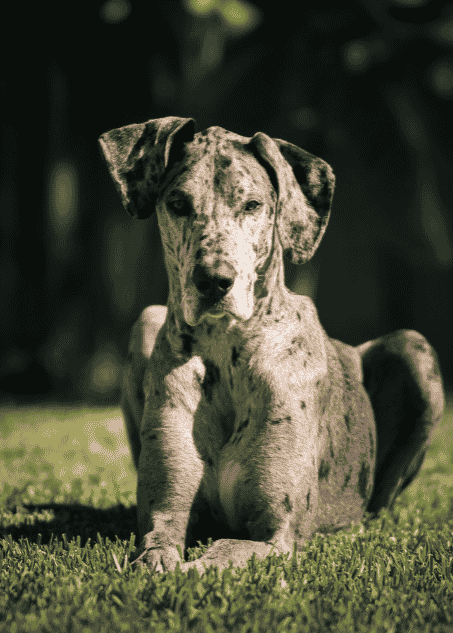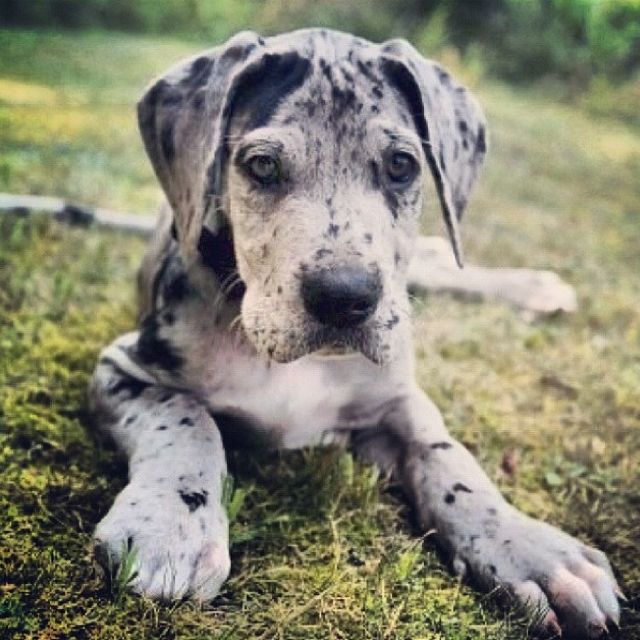Owners of nervous dogs are always looking for ways to calm dog anxiety in car rides.
Many dogs experience anxiety in the car. Even though a car ride may seem harmless to a human who is used to car travel, car anxiety is relatively normal for dogs.
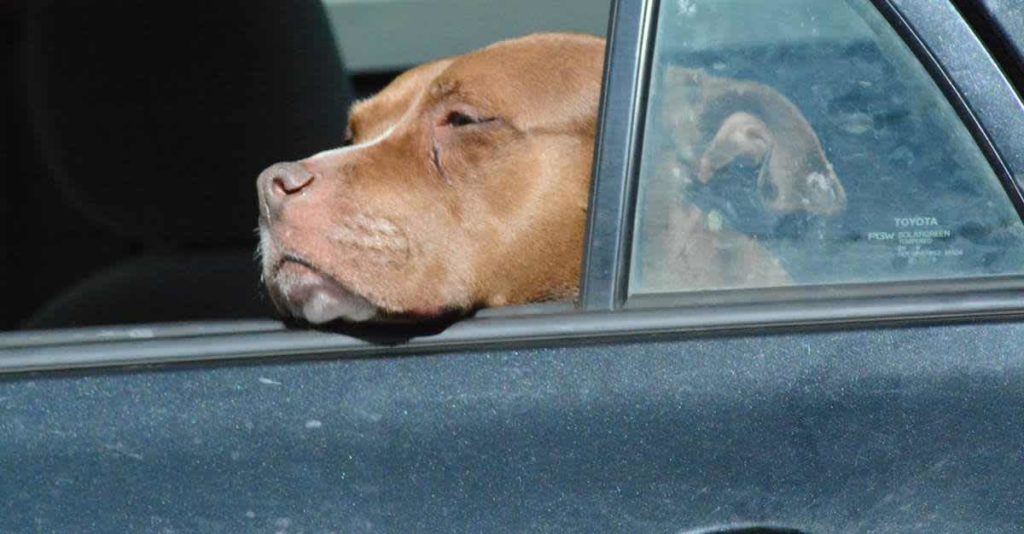
If your dog is anxious in the car, there are a few things you can do to ease their anxiety and make the experience more enjoyable for everyone.
- Get them used to the car gradually
- Prevent motion sickness
- Practice calm behavior
- Take car rides to fun places
- Take short trips
- Get a car seatbelt or harness
- Crate train
- Use a car hammock
- Get a Big Barker SUV bed
- Bring along a high value treat or favorite toy
- USE CBD or other calming supplements
If your dog isn’t used to car rides, some of these ideas may help make your dog’s car ride more of a positive association than a negative association.

GET THEM USED TO THE CAR GRADUALLY
If your dog experiences anxiety in the car, it’s important to get them used to the car gradually.
This will help them feel more comfortable and relaxed in the car, rather than feeling anxious and scared.
There are a few ways you can do this, but one of the most important parts is to gradually introduce your dog to the car.
If your dog is anxious in the car, gradually introduce them to the car will help them to feel more comfortable and relaxed in the car, rather than feeling anxious and scared.
One way to gradually introduce your dog to the car is to take them on short trips around the block.
This will help them get used to the motion of the car and being in a confined space.
If your dog isn’t used to car rides, getting them in the car quickly can worsen their anxiety. It’s best to get them used to the car gradually so that they have a positive association with it.
You can start by leaving the door open and letting them sniff around and explore the car on their own. Once they seem comfortable , you can try getting in the car with them and giving them treats.
If they seem scared or anxious, it’s best to take things slowly and not force them into the car.
PREVENT MOTION SICKNESS
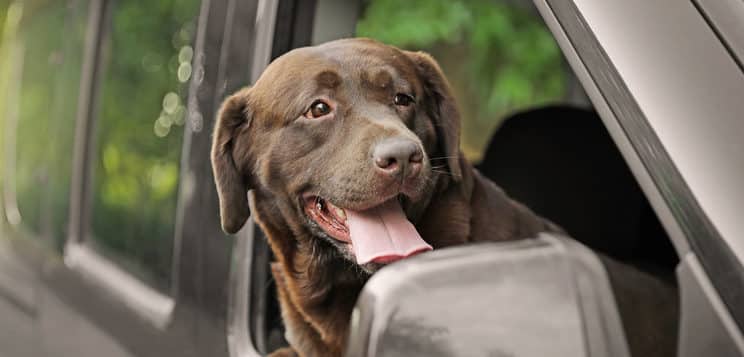
Motion sickness is a common problem for dogs that experience anxiety in the car.
There are a few things you can do to help prevent your dog from getting car sick:
- Feed them a light meal before driving
- Make sure they have plenty of fresh air
- Use car sickness medication
- Provide lots of cool water. Your dog’s water should be accessible often.
- Keep your car cool
If your dog starts feeling sick, lip licking, or showing mild discomfort, pull the car over in a safe area and let your dog take a break. Getting out of the car often will help with motion sickness, which is often a major trigger of dog’s anxiety.
CAR FANS THAT MANY DOGS WILL LOVE FOR CAR RIDES
If you ride in the car often, you will want to invest in a car fan, which helps dogs get fresh air on their face. Having cool air can help with motion sickness and help them not get car sick during car travel.

PRACTICE CALM BEHAVIOR
Your dog is looking to you for how they should act and feel while riding in the car.
Overcoming dog car anxiety is much in part related to how you, the owner, act while you are taking car trips.
Are you blasting heavy metal music, or are you beginning the car ride with soothing music to set the tone correct and help your anxious dog feel better?
Is your energy level stressful, are you amped up on the phone during car rides?
Your dog is picking up on any extreme anxiety that you have. Many pet owners might not even realize that they use car rides as a time to decompress.
If you have your dog in the car with you, be careful to keep the car a safe and happy place to help your dog associate the car rides with something happy.
A dog’s sense of intuition is much stronger than pet owners realize. Also, a dog’s level of how in tune they are with their pet owners is much deeper than they realize. If you like to calm your dog, work to calm yourself.
TAKE CAR RIDES TO FUN PLACES
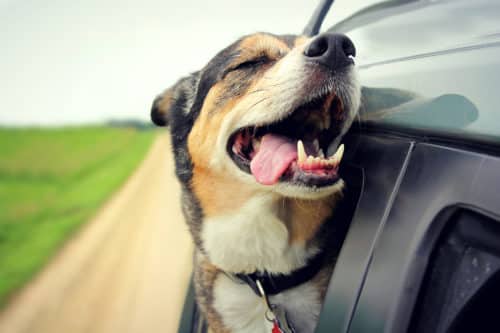
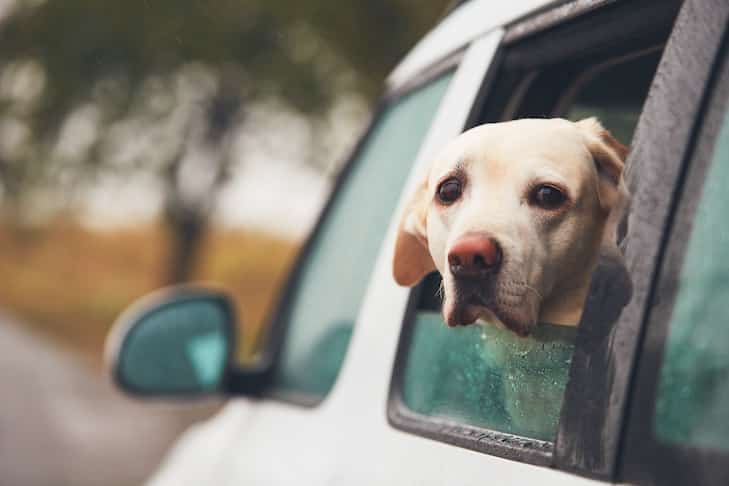
Most of the time when a dog takes car rides, they are traveling to the vet’s office.
Dogs usually do not love going to the vet, thus they get car related anxiety.
Switch things up as often as you can. Take your dog on car rides to fun places too!
- Take a car ride to the park
- Take a car ride to dog parks, just make sure the dog park is safe and calm
- Take a car ride to have a visit with other dogs
- Take a car ride to a pet friendly store and get your dog a special treat
As much as you can, take your dog to fun places. Most dogs will begin to associate the car with exciting outings, and the car anxiety will eventually dissipate.
TAKE SHORT TRIPS
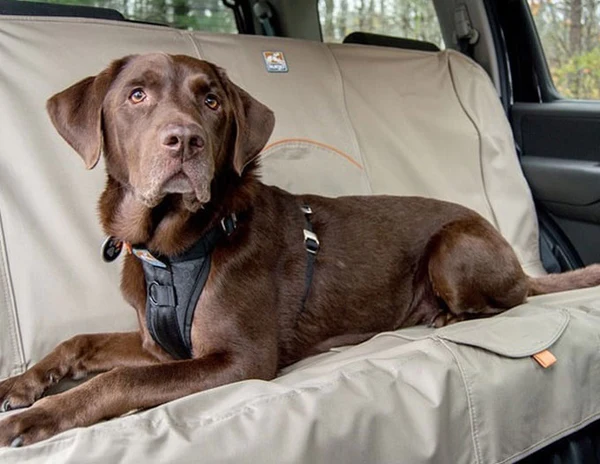
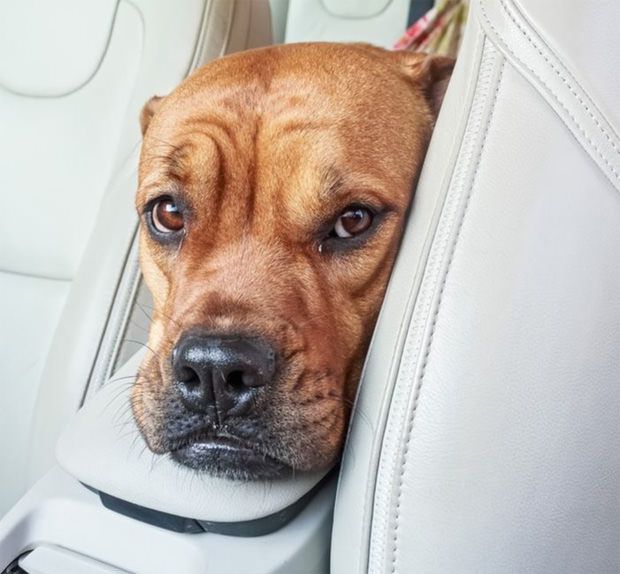
Car anxiety is usually not ‘random’.
Some dogs do not like to travel for extended periods of time, but it doesn’t mean they will always hate long car rides.
For starters, try to calm your dog in the car by taking them on short car rides.
Begin to take your dog on a car ride that is as short as just down the driveway and back up.
Get ready with lots of treats!
As your dog begins to not get as anxious on the short car rides, you can start to increase the amount of time that you are gone.
If your car ride is going to be longer, a few hours, make sure that you are taking the time to
INVEST IN A CAR HARNESS OR SEATBELT
A car harness or car seatbelt is an excellent way to help a dog with car anxiety.
The harness will help keep your dog safe and secure while in the car.
A seatbelt will also help to keep your dog from roaming around the car, which can often make car sickness worse.
There are many different types of car harnesses and seatbelts on the market, so take some time to find one that will work best for your dog and your vehicle. Here are some recommendations of products that can help calm your dog:
CAR SEATBELT:
This car seatbelt will help your dog feel more secure while in the car and help to keep them from pacing around or getting car sick.
CAR HARNESS:
This is a great harness that will help to keep your dog calm and secure while in the car. The harness is made with breathable fabric to help keep your dog cool and comfortable.
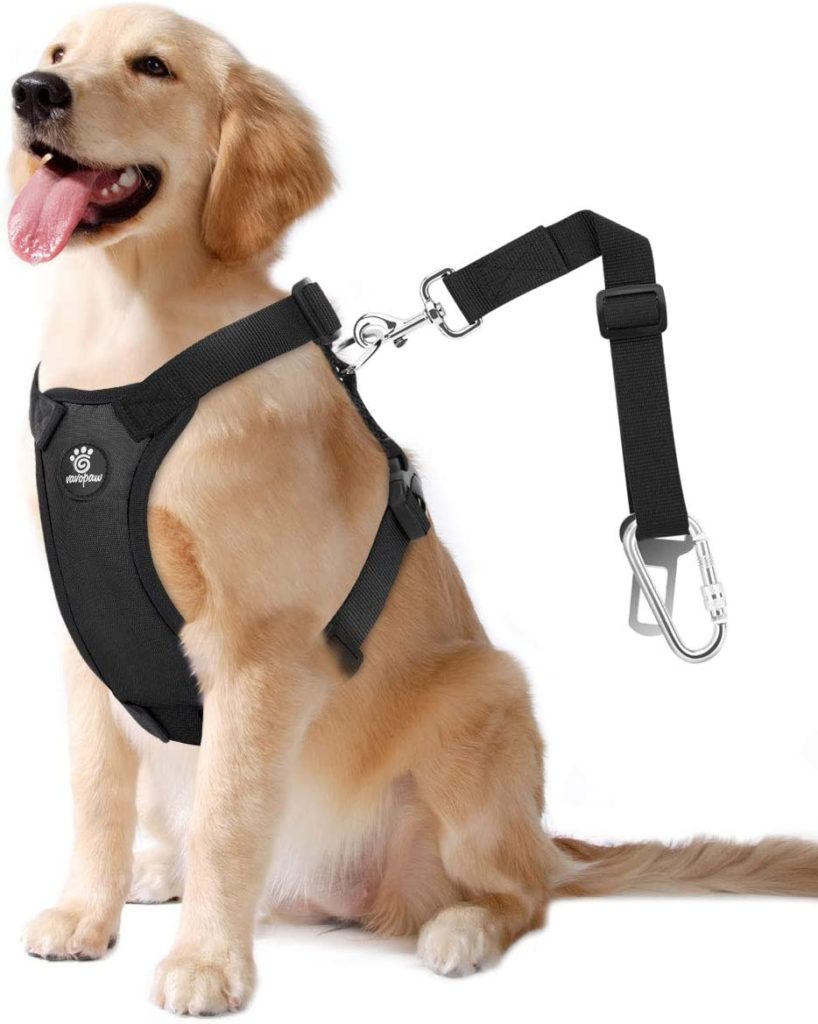
CRATE TRAINING
Crate training can help with car anxiety, car sickness, and just dog anxiety in general.
If possible, use a crate in the car for your dog and it could solve a ton of your problems with dog anxiety in the car.
CRASH PROOF CRATES
The Variocage Crash Proof Car Crate is an investment, but it is certain to help any level of dog anxiety in the car.
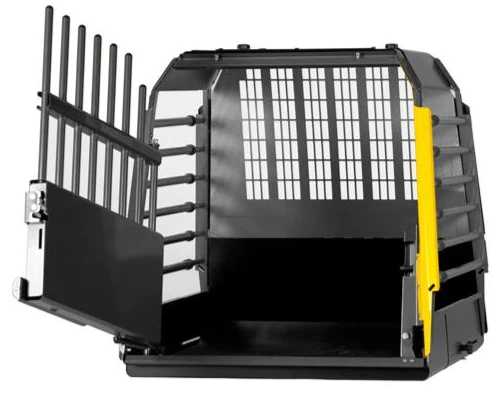
USE A CAR HAMMOCK
Some dogs who have major car anxiety love to be in something called a car hammock.
This Kong Travel Car Hammock will help your dog have it’s own safe area to either sit or lay.
In the hammock, you can tie their seatbelt through to add extra safety and security for your dog.
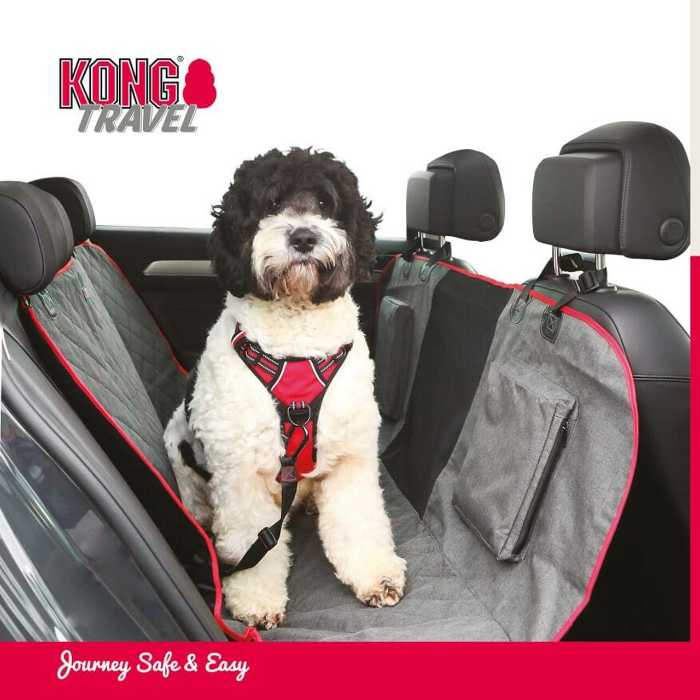
BRING ALONG A HIGH VALUE TREATS OR YOUR DOG’S FAVORITE TOY
Travel anxiety can happen to the best of any dogs.
But, with some behavior modification and planning on the owners part, dogs can begin to enjoy the car.
TREATS FOR A HAPPY DOG
You should plan on always having treats in the car during any travel so that you can toss treats to your dog as you go.
Best Toys for Great Danes
New Puppy Checklist
Day Pouch Treat Bag Review
Best Training Treats for Dogs and Puppies
Dogs love the Dr. Harveys treats, they are minimal ingredients which are great for dog’s motion sickness in the car, and they can help turn travel anxiety into making dogs love the car.
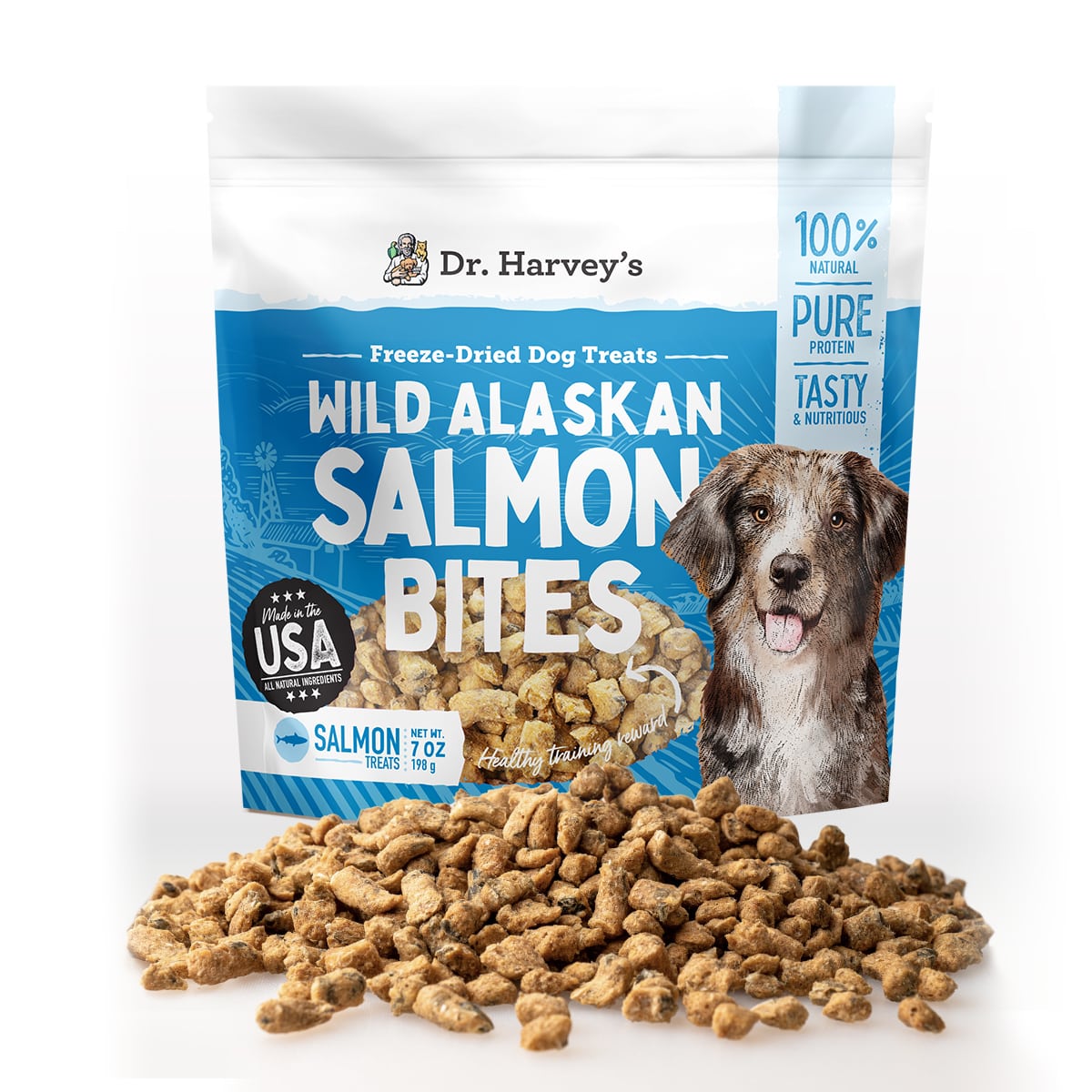
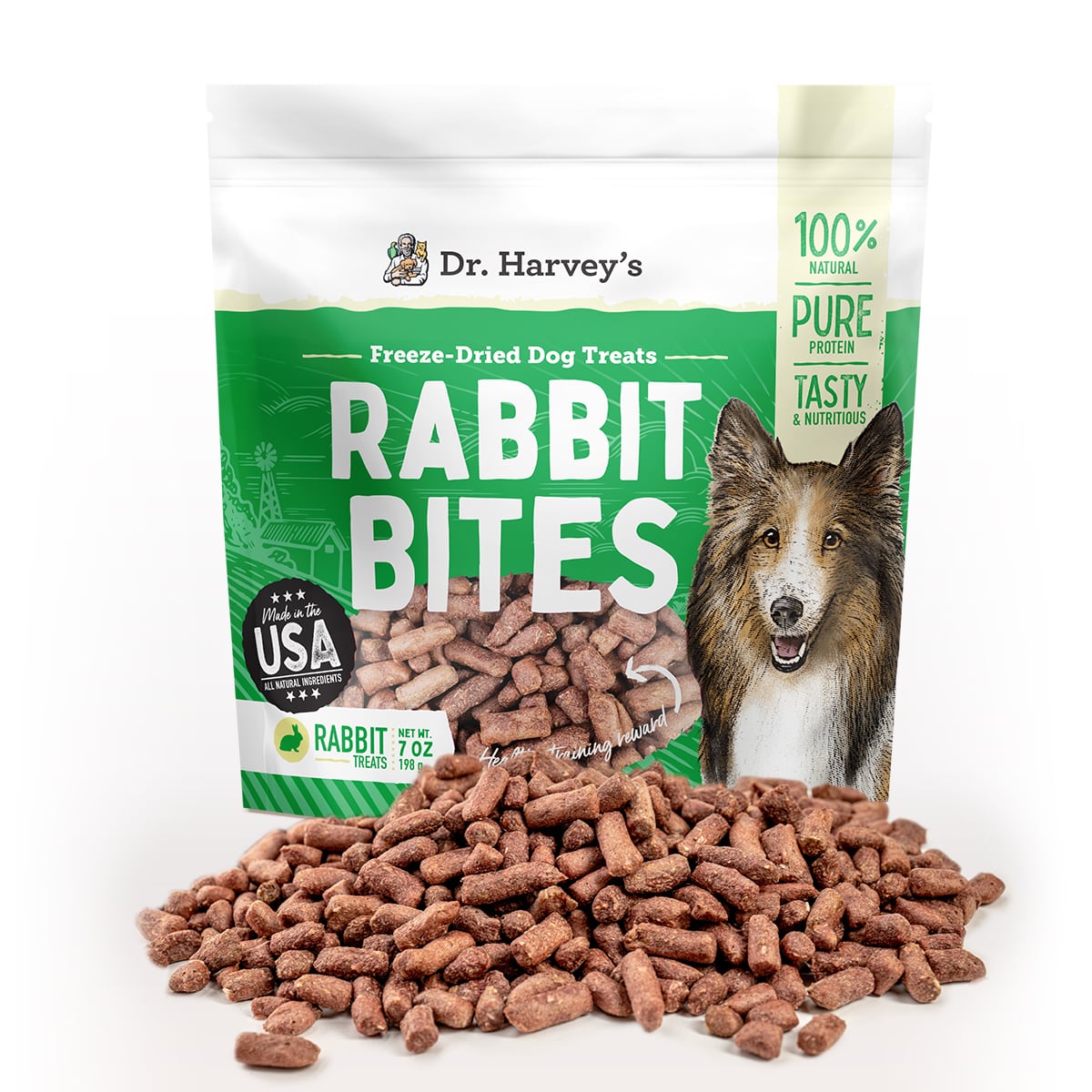
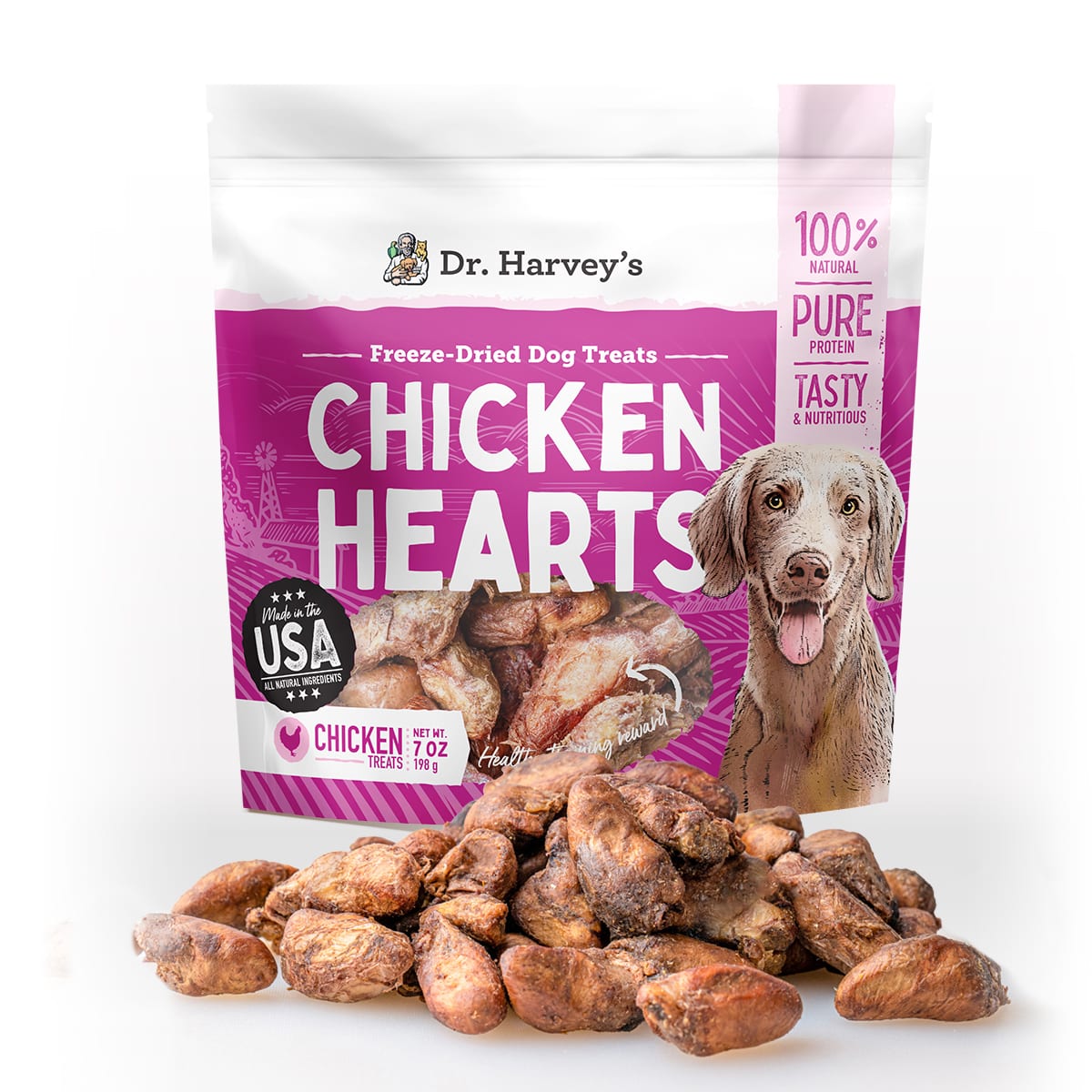
BRINGING ALONG A TOY FOR YOUR DOG
If your dog has a toy that they love, be sure to bring it to help their travel anxiety.
If you are looking for a toy that can help your dog with travel anxiety, look into the Snuggle Puppies.
Snuggle Puppies help by mimicking a heartbeat sound and feeling, which can help your dog feel physically secure, like they have a friend with them in the car.
The Snuggle Puppy might help your dog’s car anxiety.
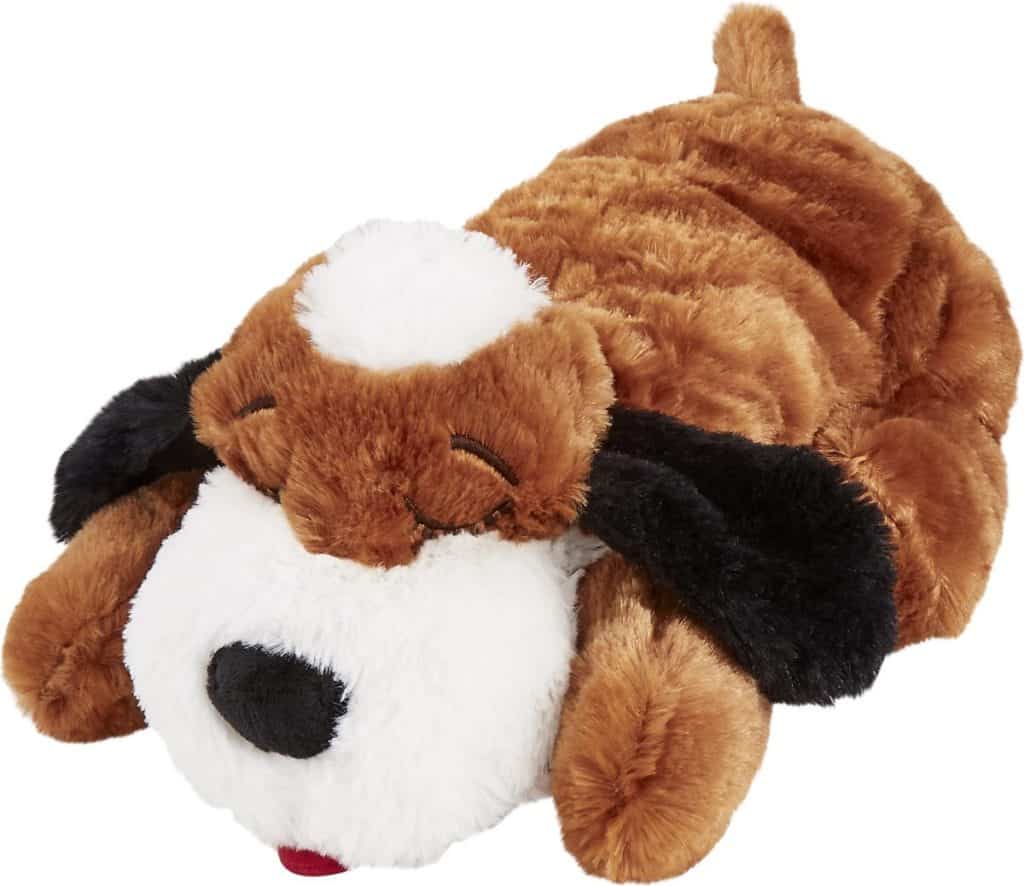
GET A BIG BARKER SUV BED
Your dog’s car anxiety probably has somewhat to do with the movement, sudden turns, and feeling like they are lacking control.
The Big Barker SUV bed helps your dog feel like they aren’t going to roll around in the back.
With comfort and security, your dog car anxiety will diminish.
The Big Barker SUV bed is sturdy enough, but also relaxing and comfortable.
Purchase here.
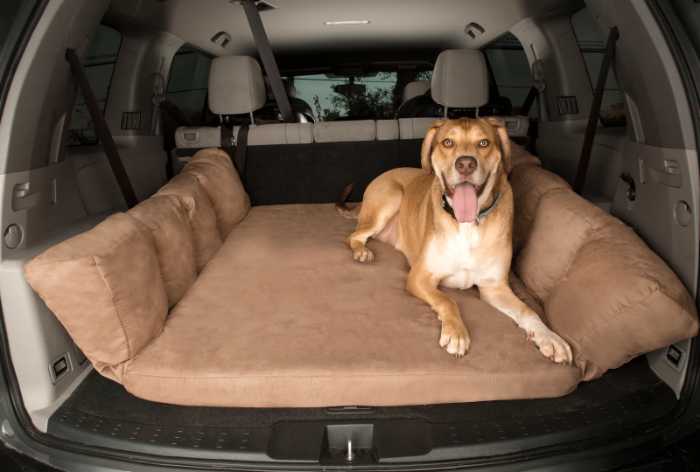
KEEP THE DOG IN THE BACK OF THE CAR SAFELY
When your dog starts climbing up in to the front of the car, their car anxiety is going to get worse.
In order for your dog to feel safe and have less car anxiety, they need to have a space that they feel secure.
So, it is important to have a barrier between the driver and the dog.
This one is affordable and strong, and will provide your dog with a barrier to keep them in the back seat, which will ultimately contribute to a decrease in the car anxiety.

USE CBD OR OTHER CALMING SUPPLEMENTS
Using anti anxiety medication can take a toll on your dog and leave you with a tired dog.
It CAN be the right choice to use prescription medications, but sometimes you may just want to use dog CBD.
Using CBD for My Dog’s Pain
Can You Use Human Medicine for Dogs?
7 Uses of CBD
How Can CBD Be Used?
Adding CBD Into Your Dog’s Diet
Using CBD for your dogs is a great way to help them stay grounded and calm in a moving vehicle.
When you give your dog their CBD, if you also play calming music or classical music, it can help give your dog additional relaxation.
IN CONCLUSION
So, although your dog may be afraid of the car right now, with some counter conditioning and desensitization, you can help your dog feel better about car rides.
If you have a dog with car anxiety, there are many things that you can do to help ease their anxiety.
First, try to find the root of the problem. If they are anxious about being in the car, start by making car rides fun and positive experiences.
Bring along their favorite toy or some high value treats to help them associate the car with something positive.
You can also try using a dog crate or hammock in the car to give them their own space.
And finally, consider using CBD or other calming supplements to help ease their anxiety.
With some patience and effort, you can help your dog overcome their car anxiety and enjoy car rides again.
READ MORE:
Training Mistakes
Best Training Treats for Great Dane Puppies
Why is Leash Training so Hard?
5 Leash Training Tips
Puppy Training: 5 Mistakes in Training
What is Balanced Training?
Respect Training Tips: How to Train Your Puppy Great Dane
Is My Great Dane Being Aggressive?
Canine Good Citizen Training for Great Danes
